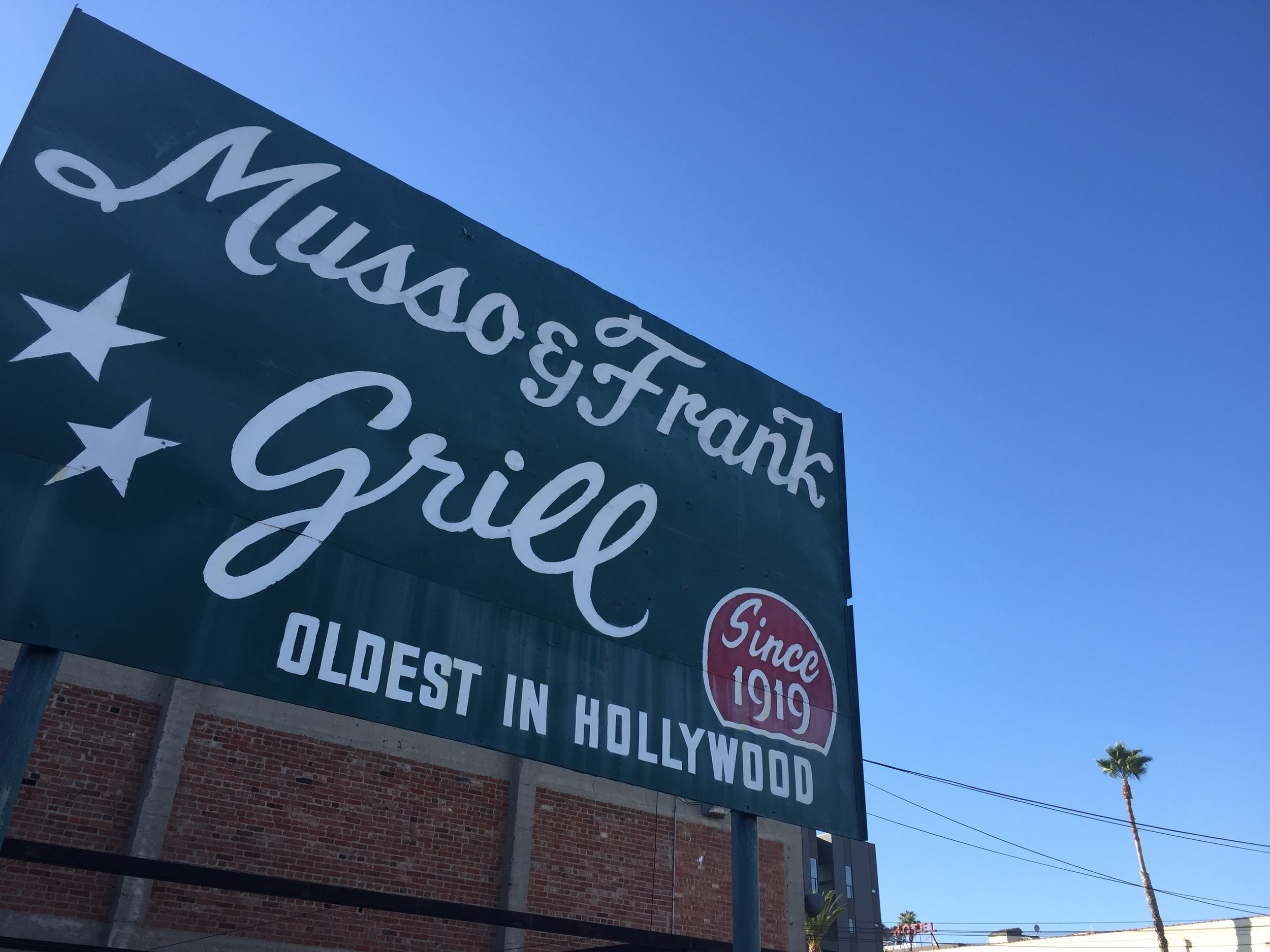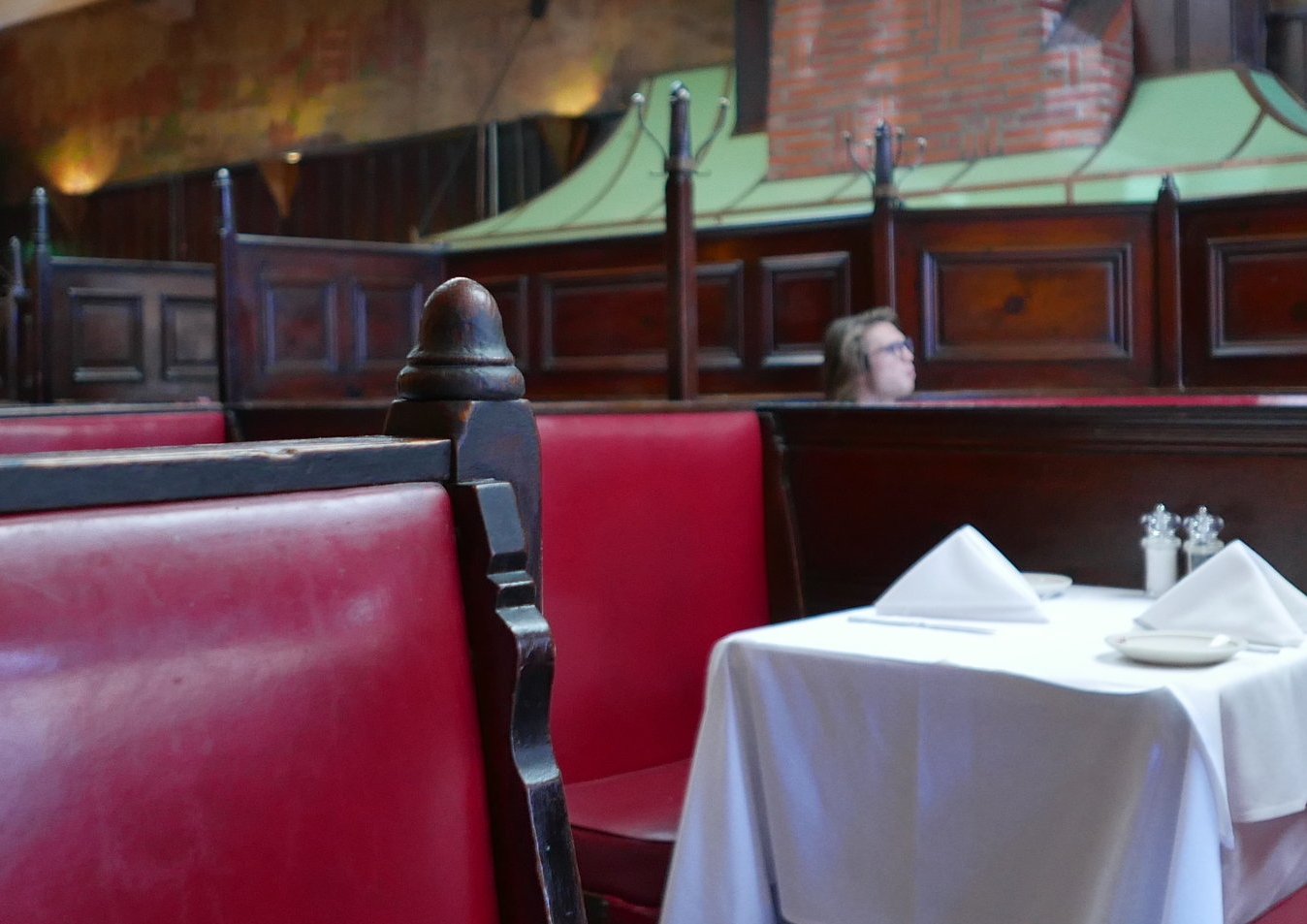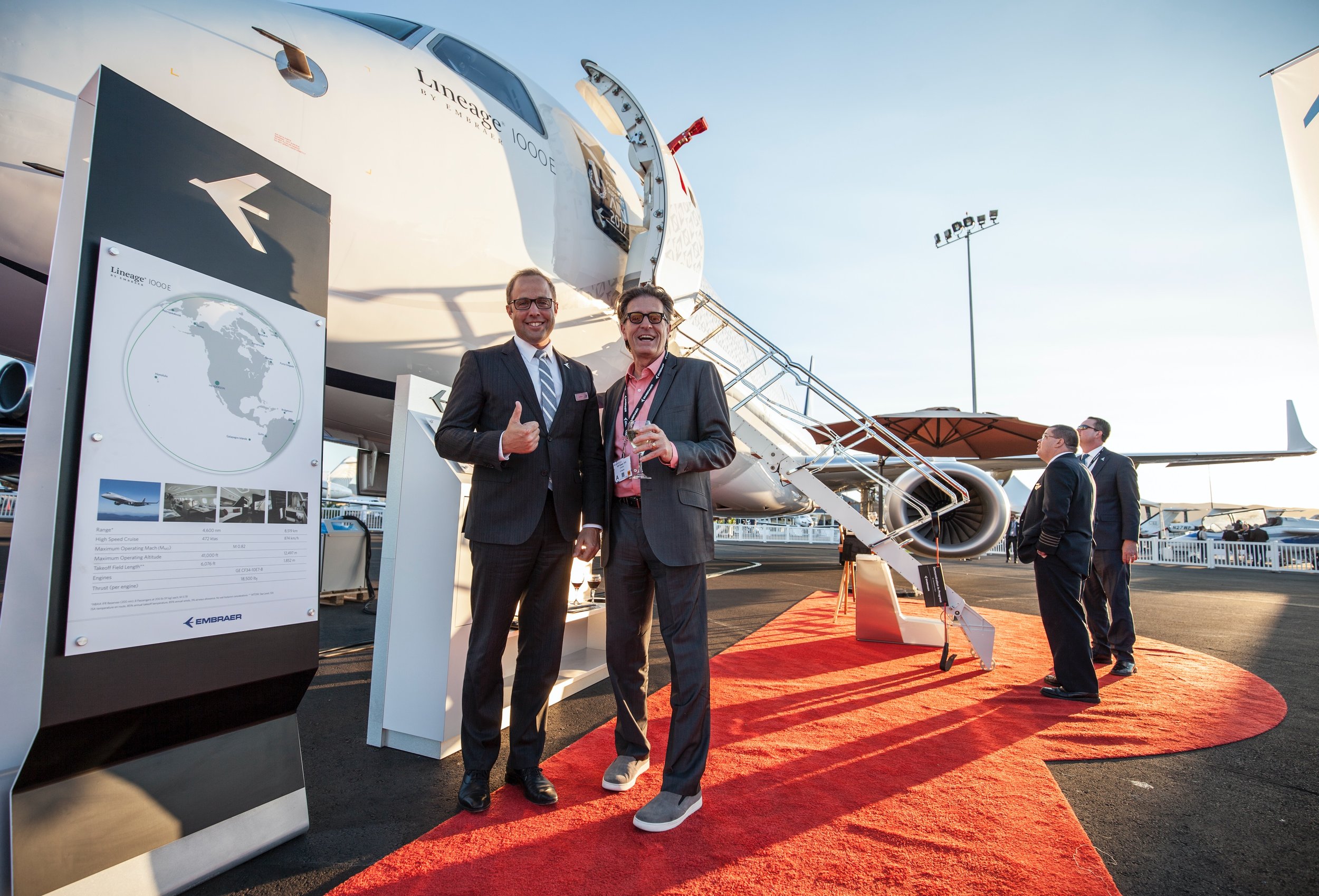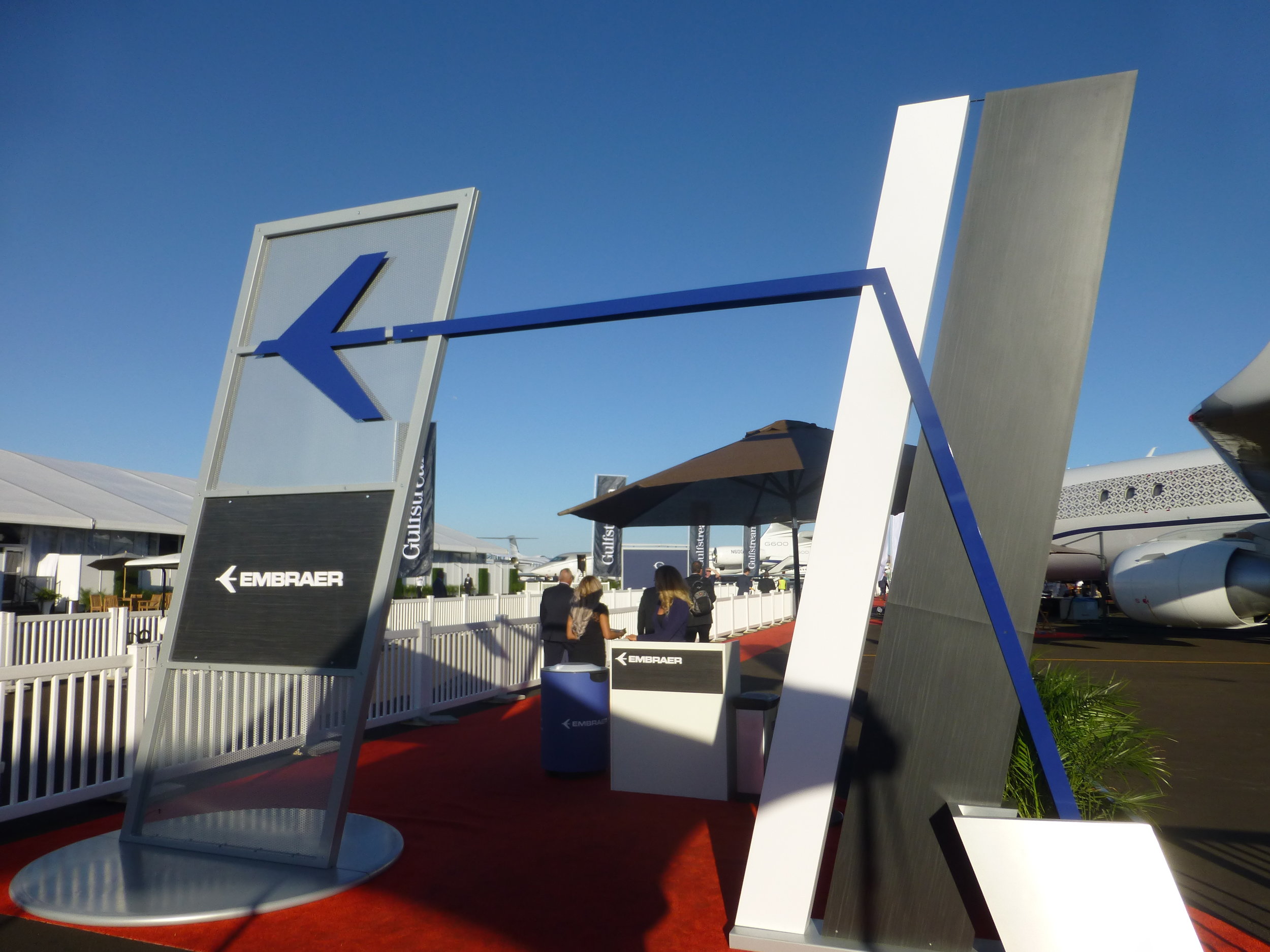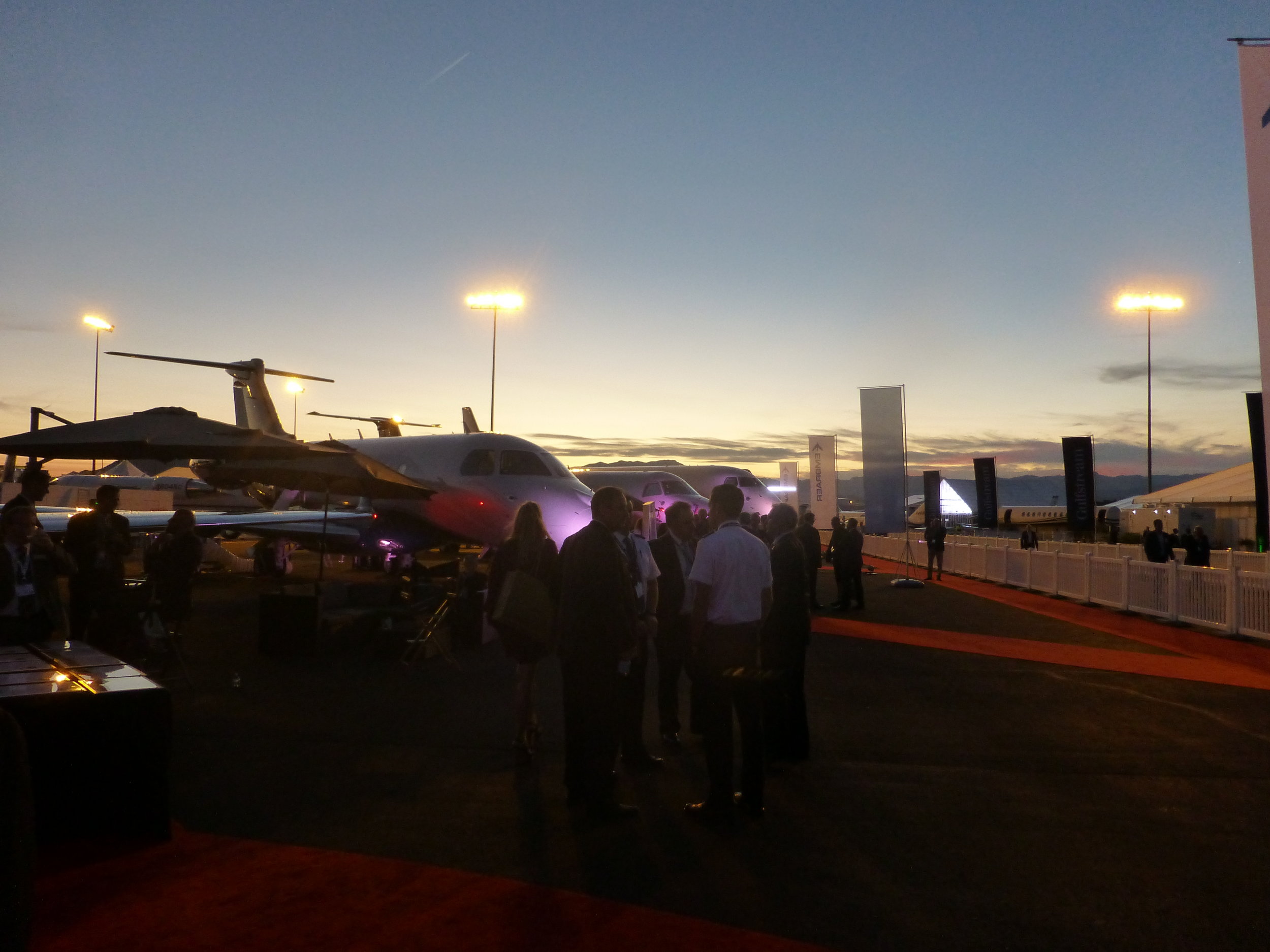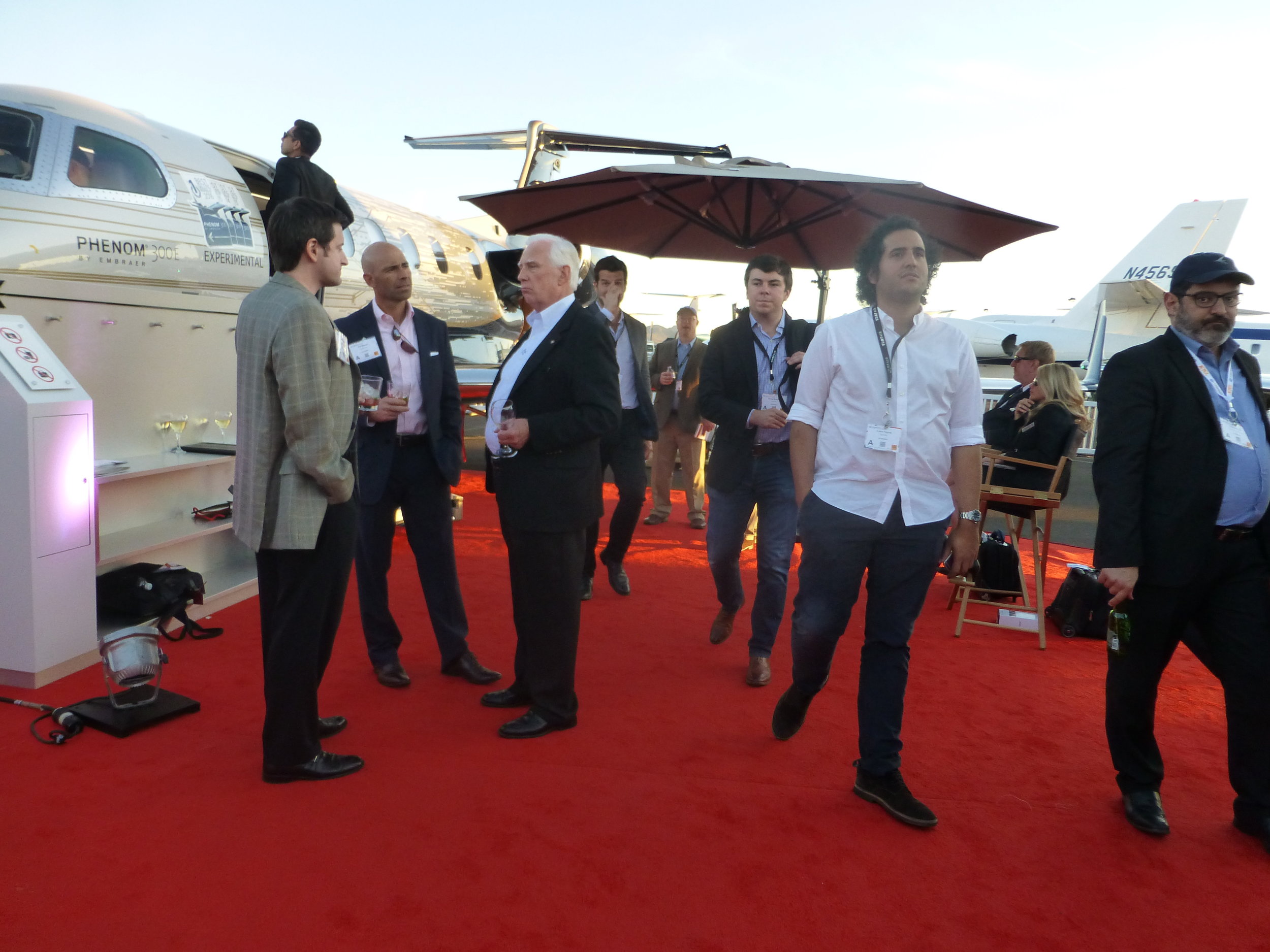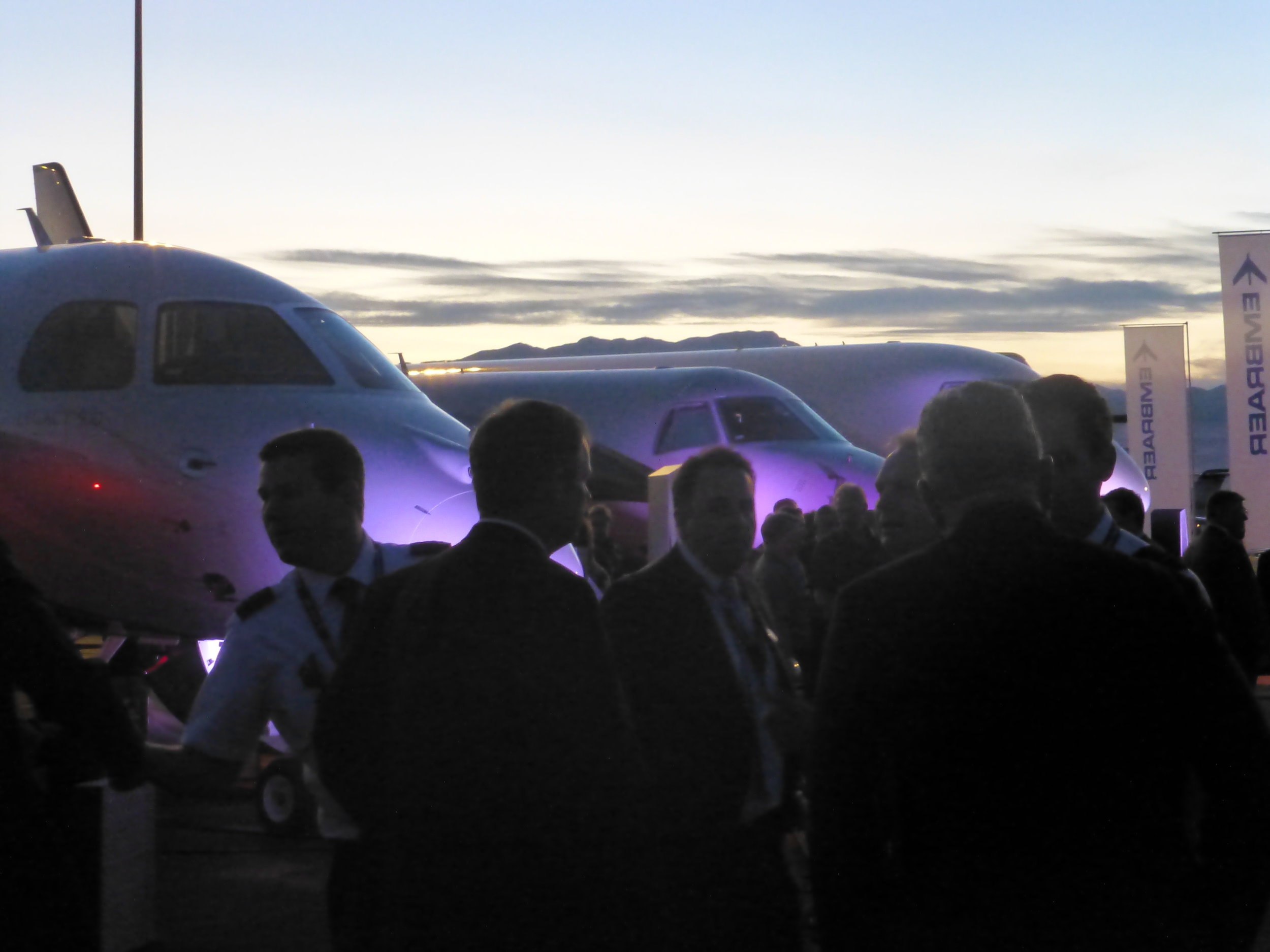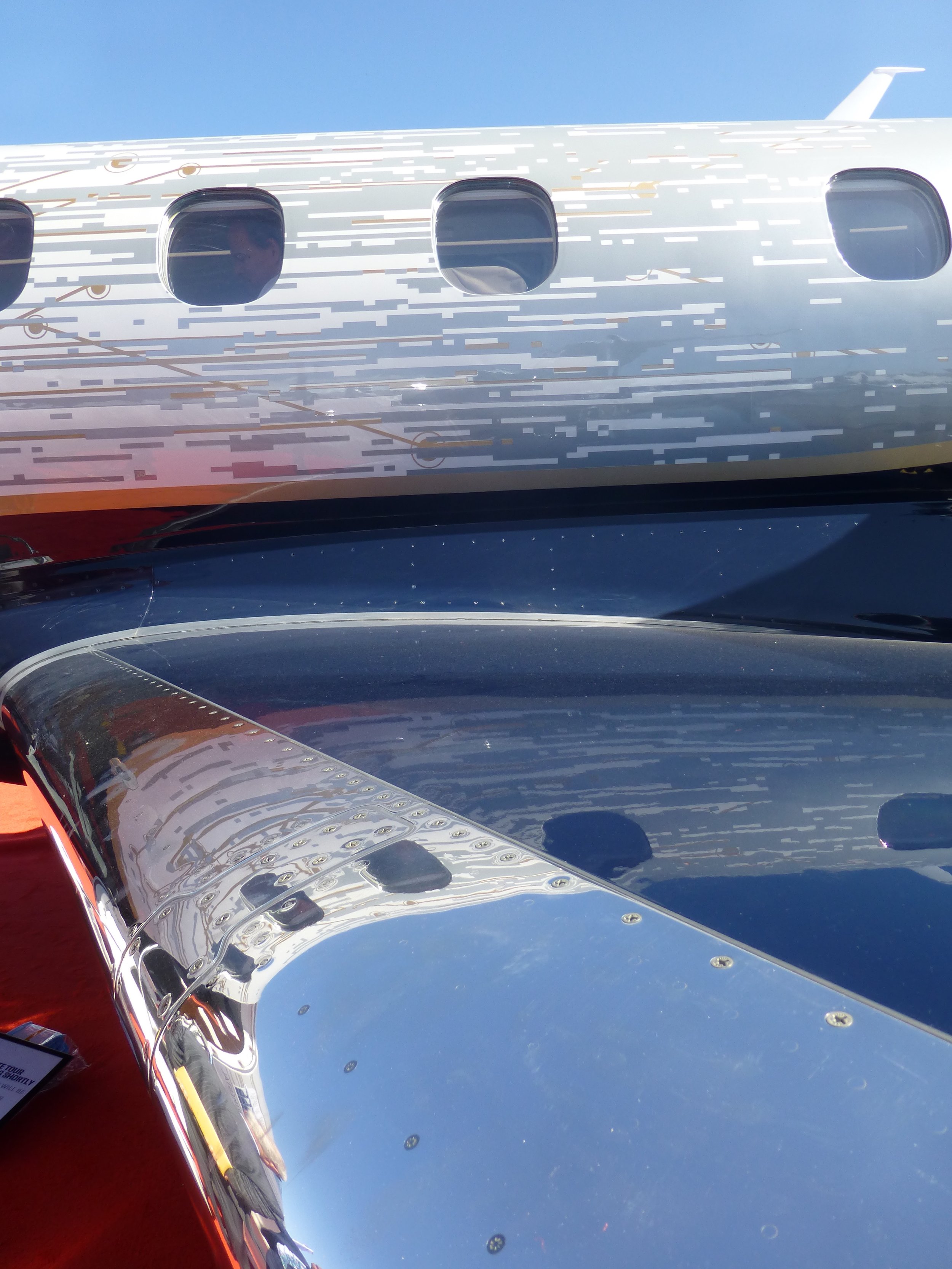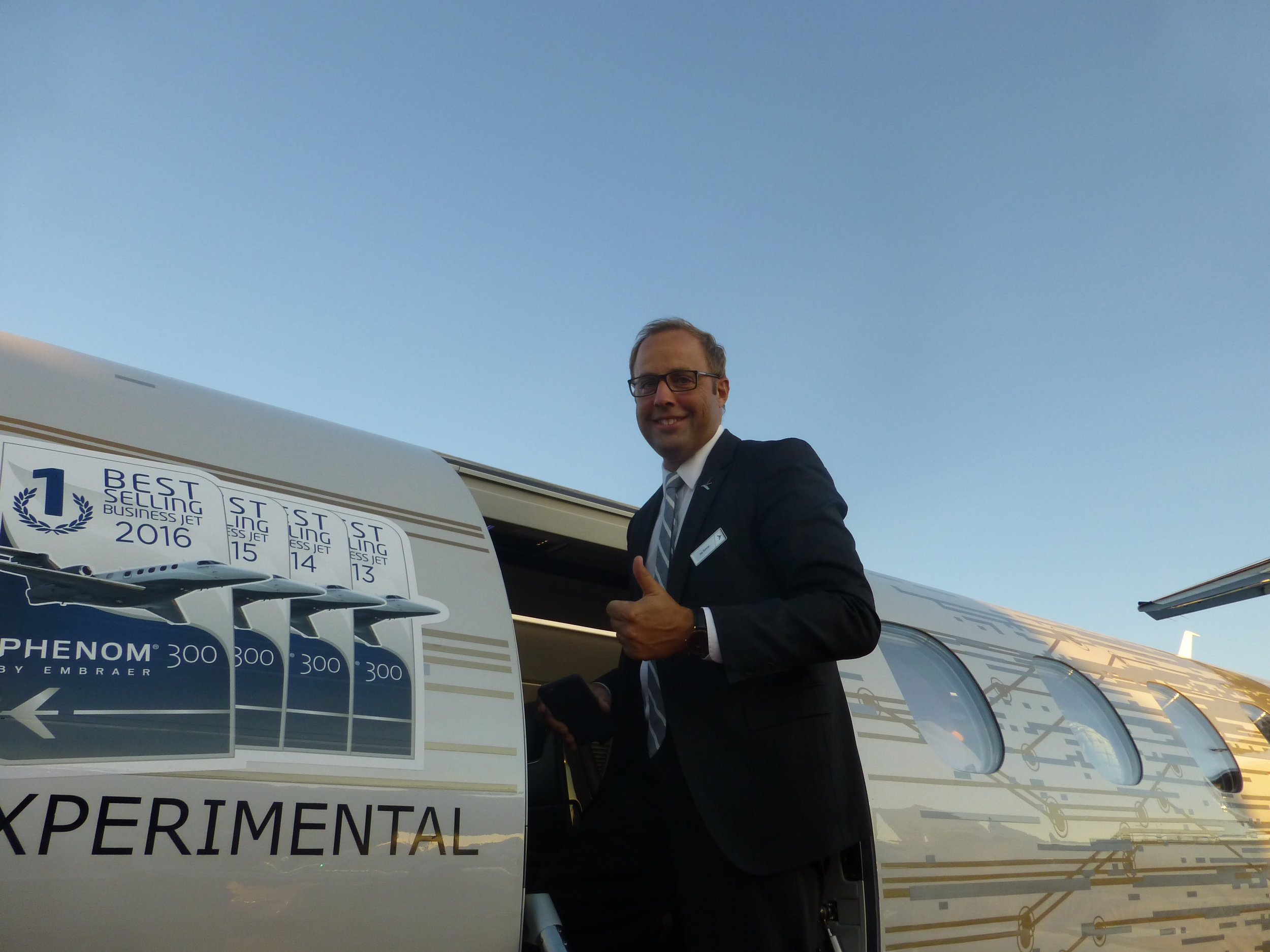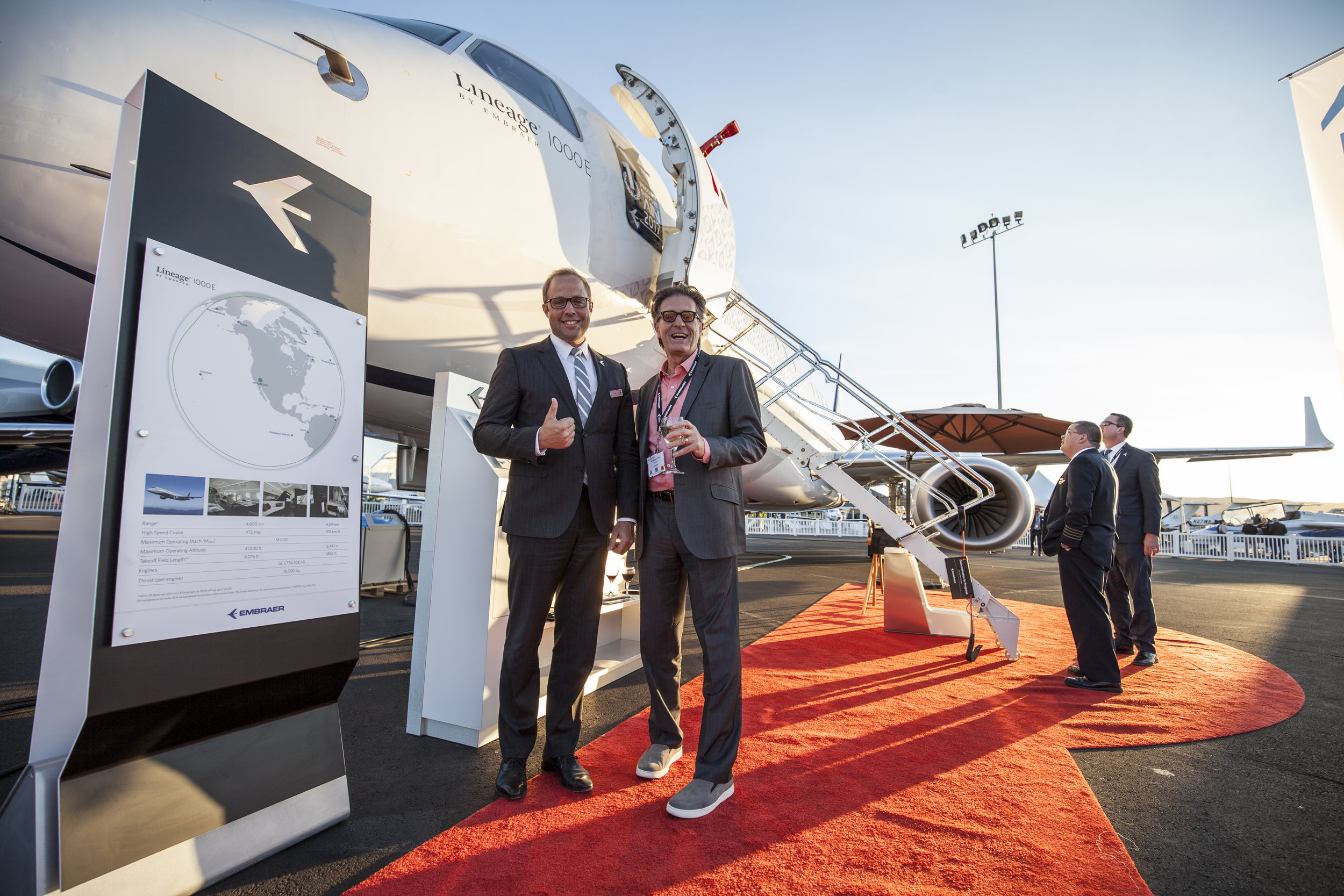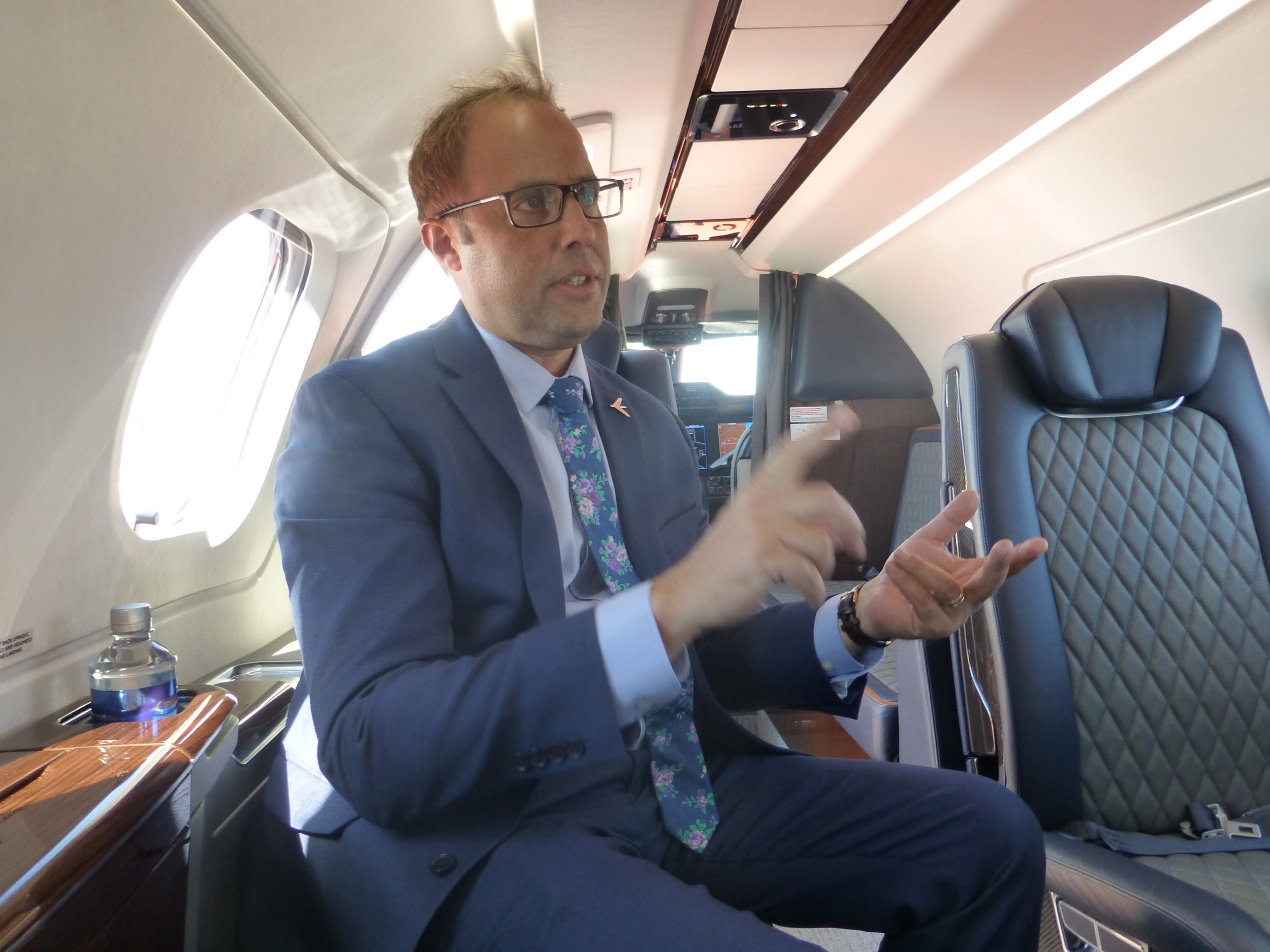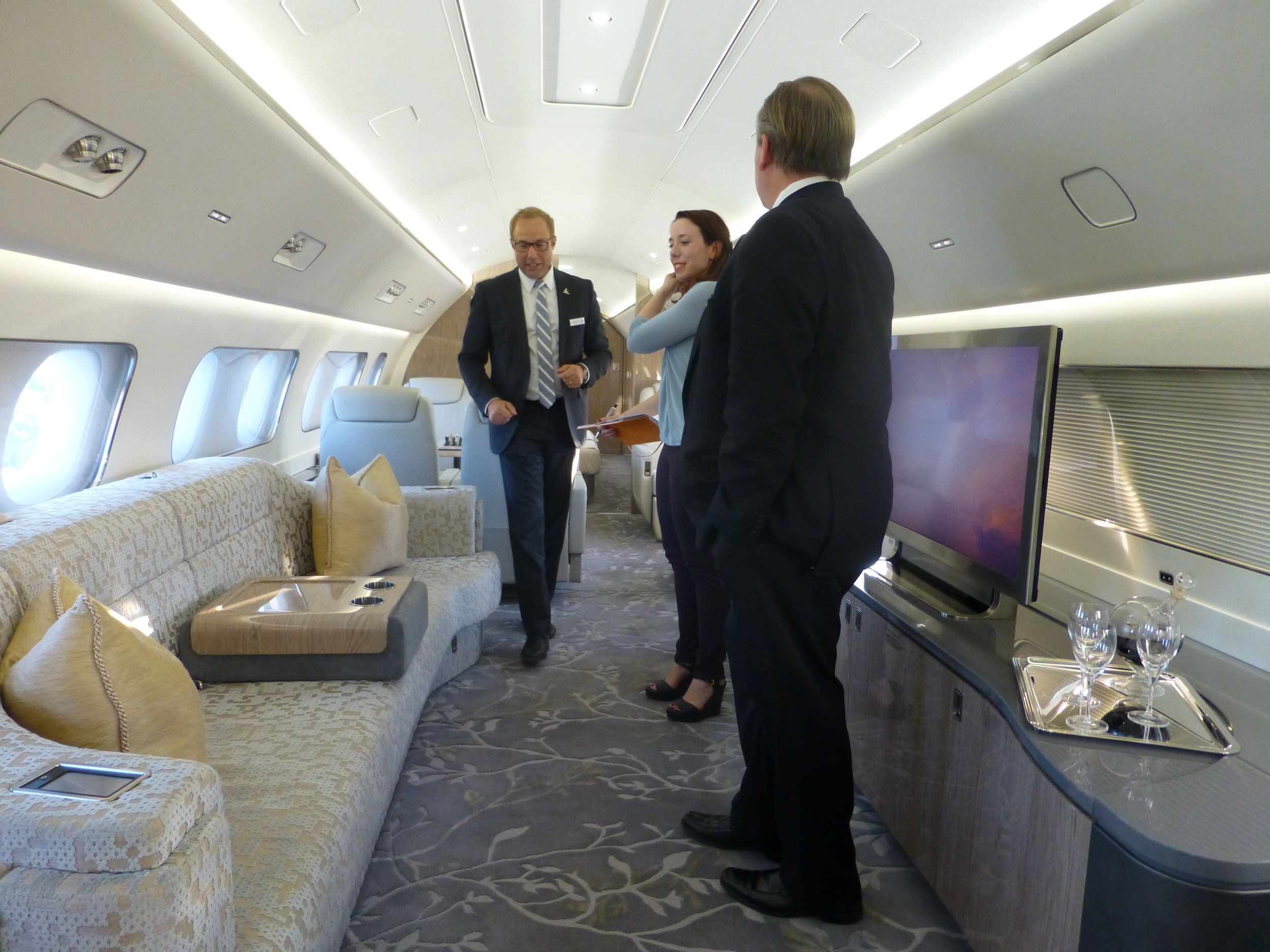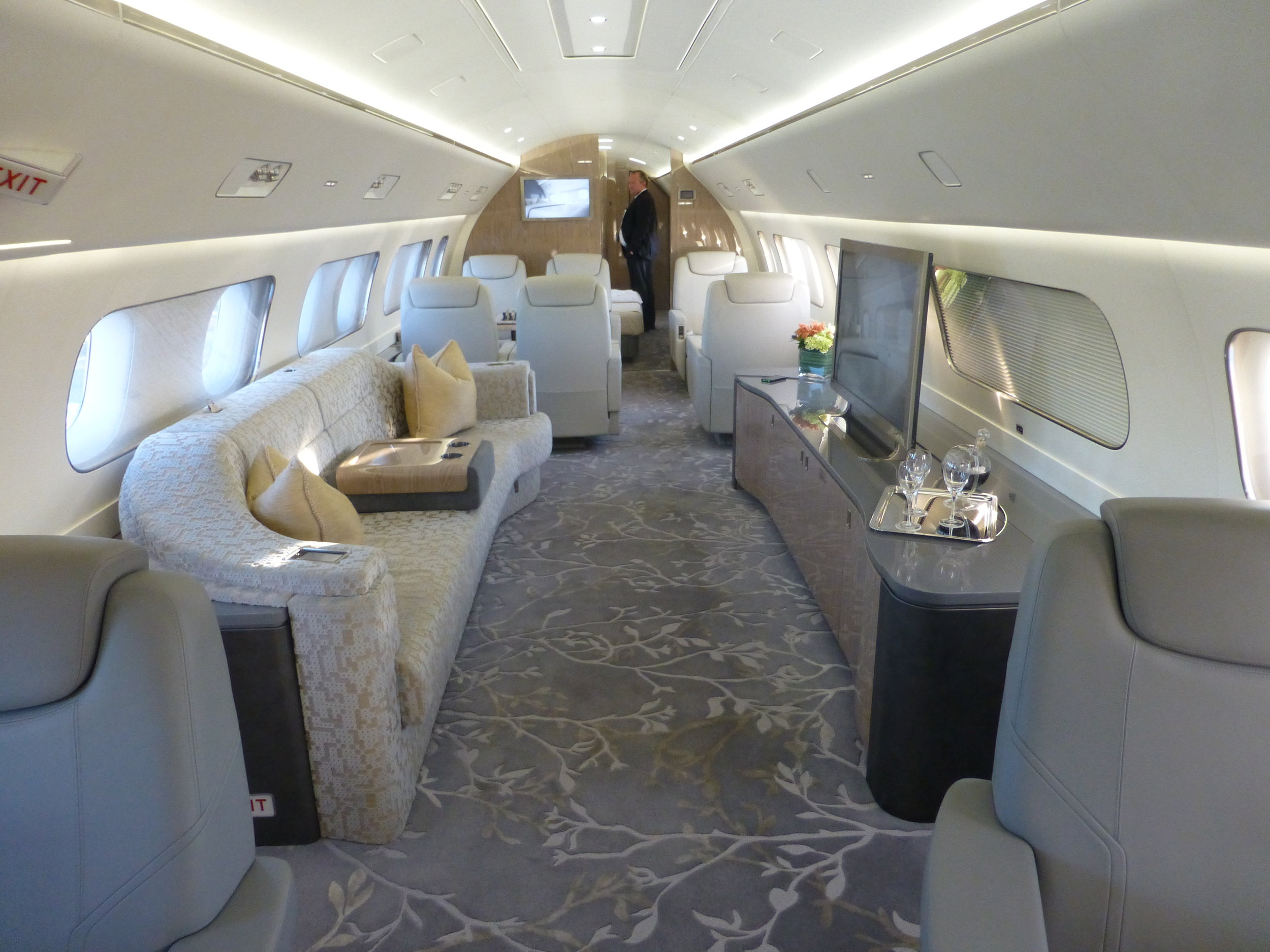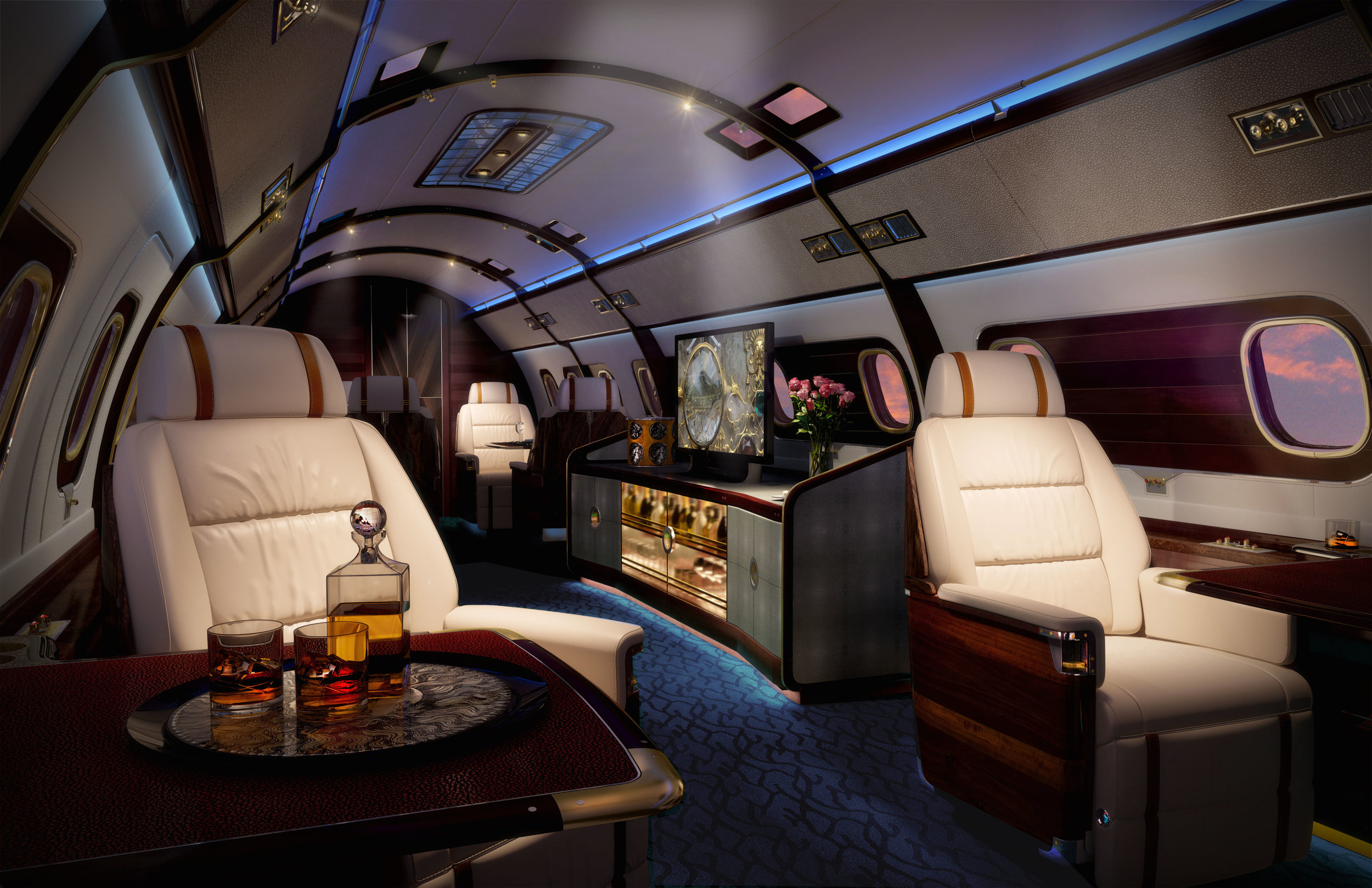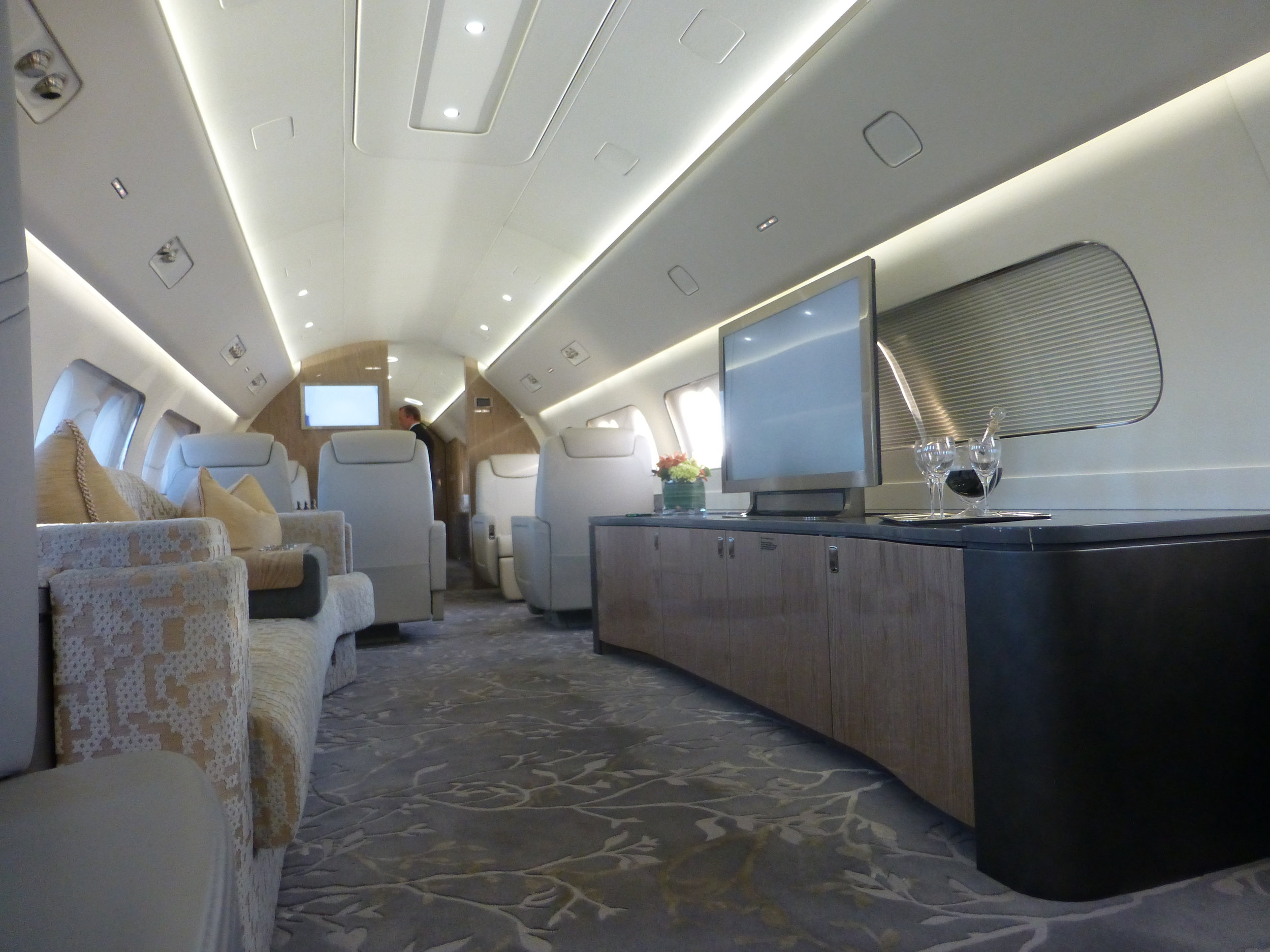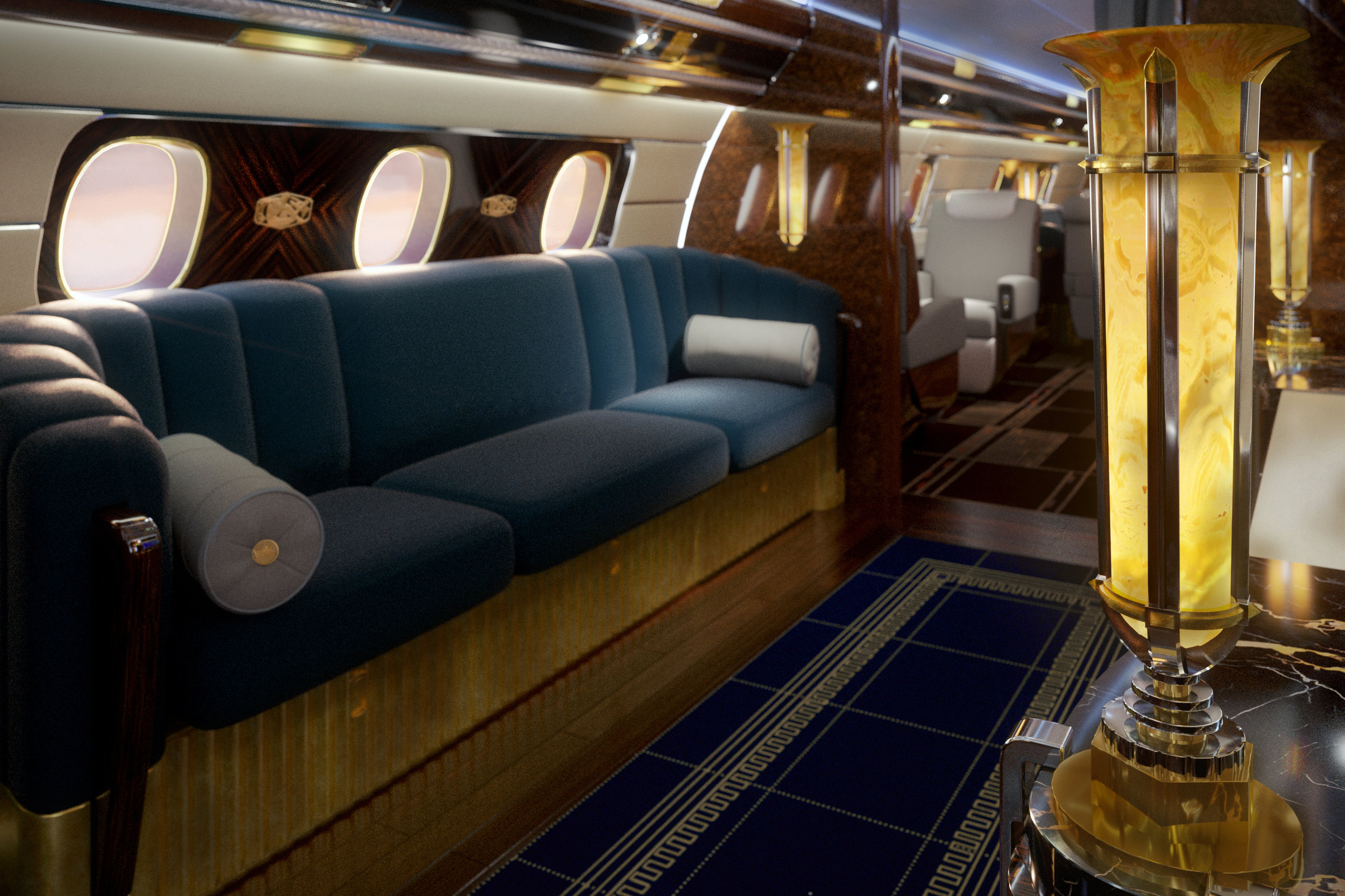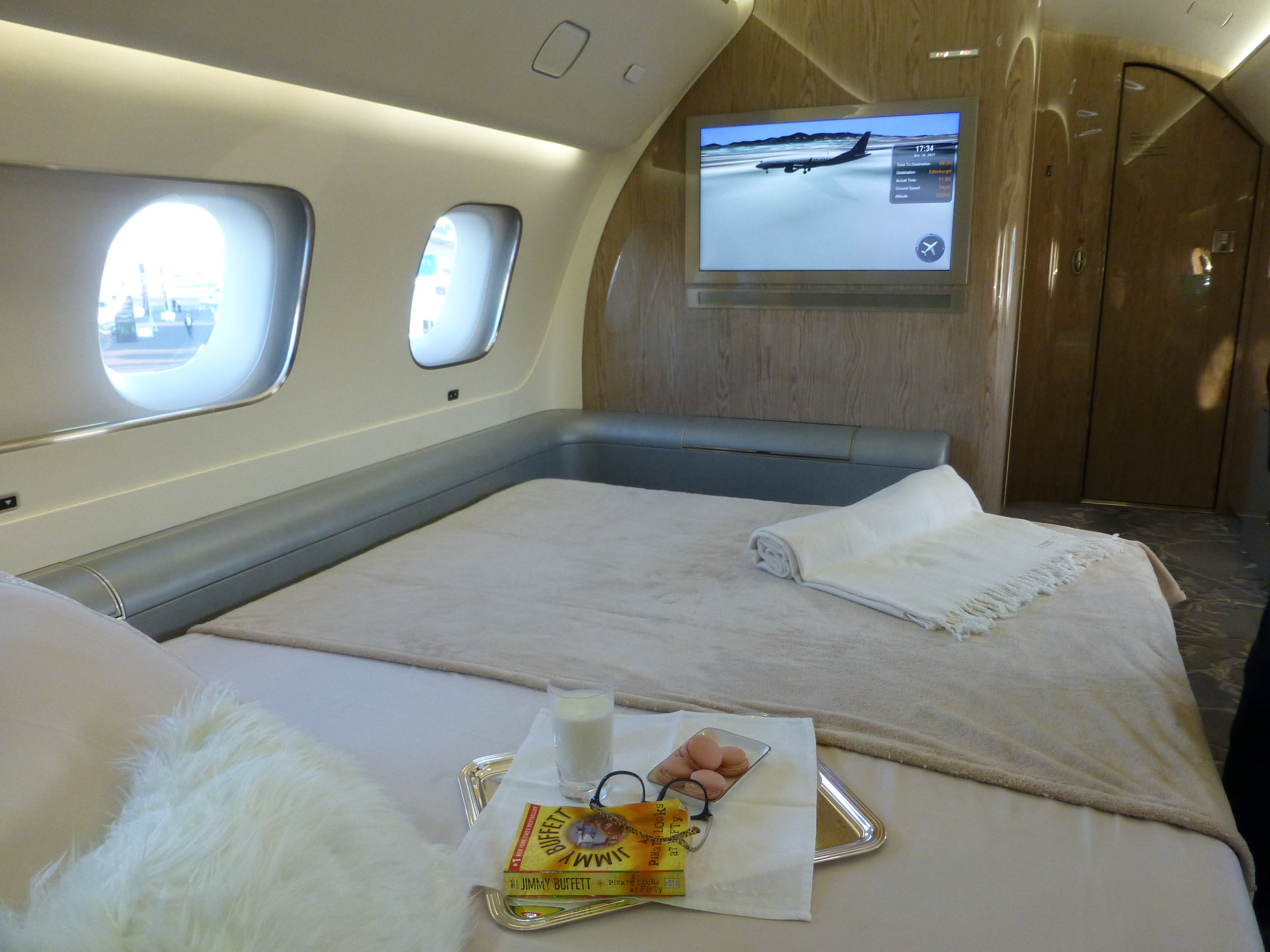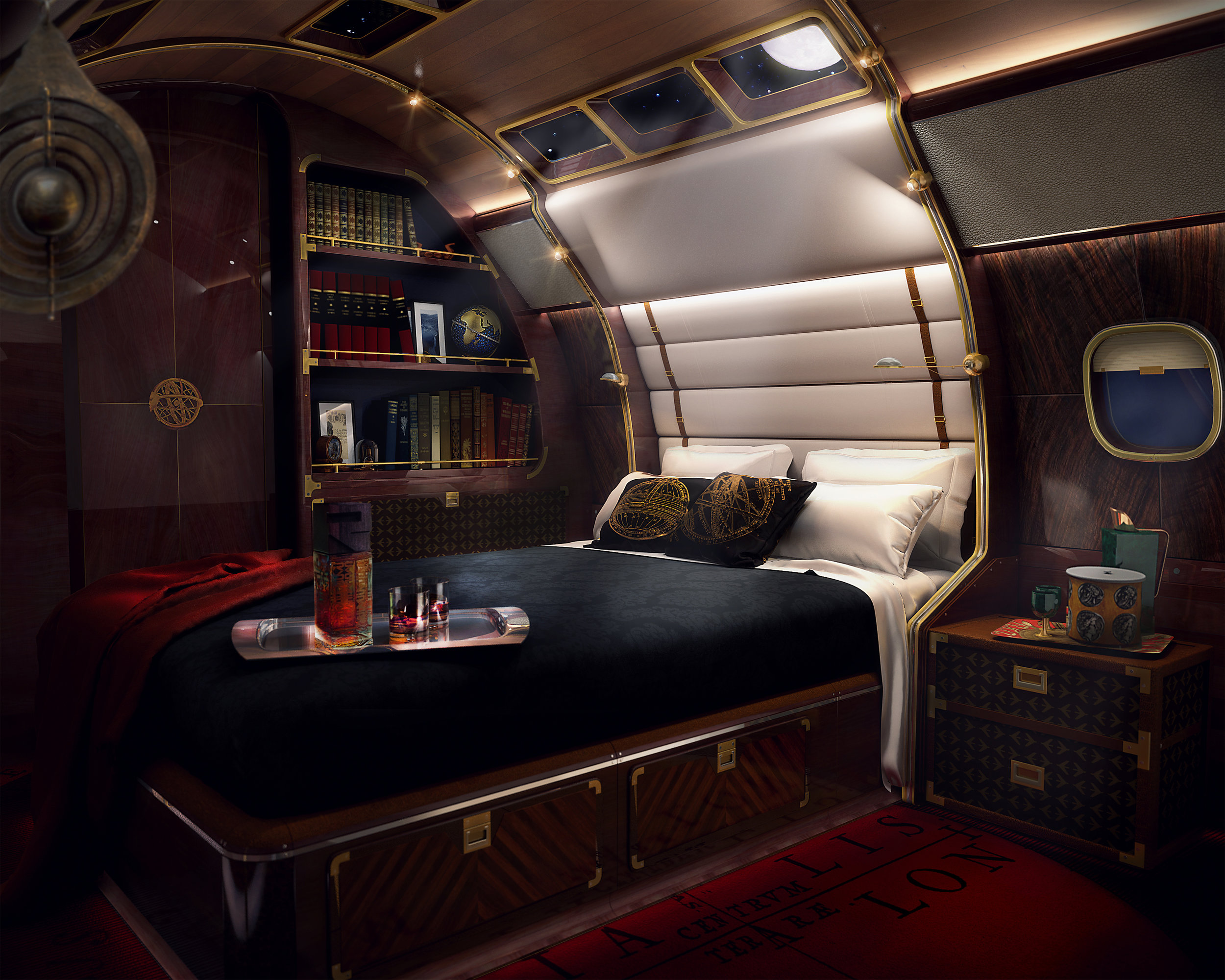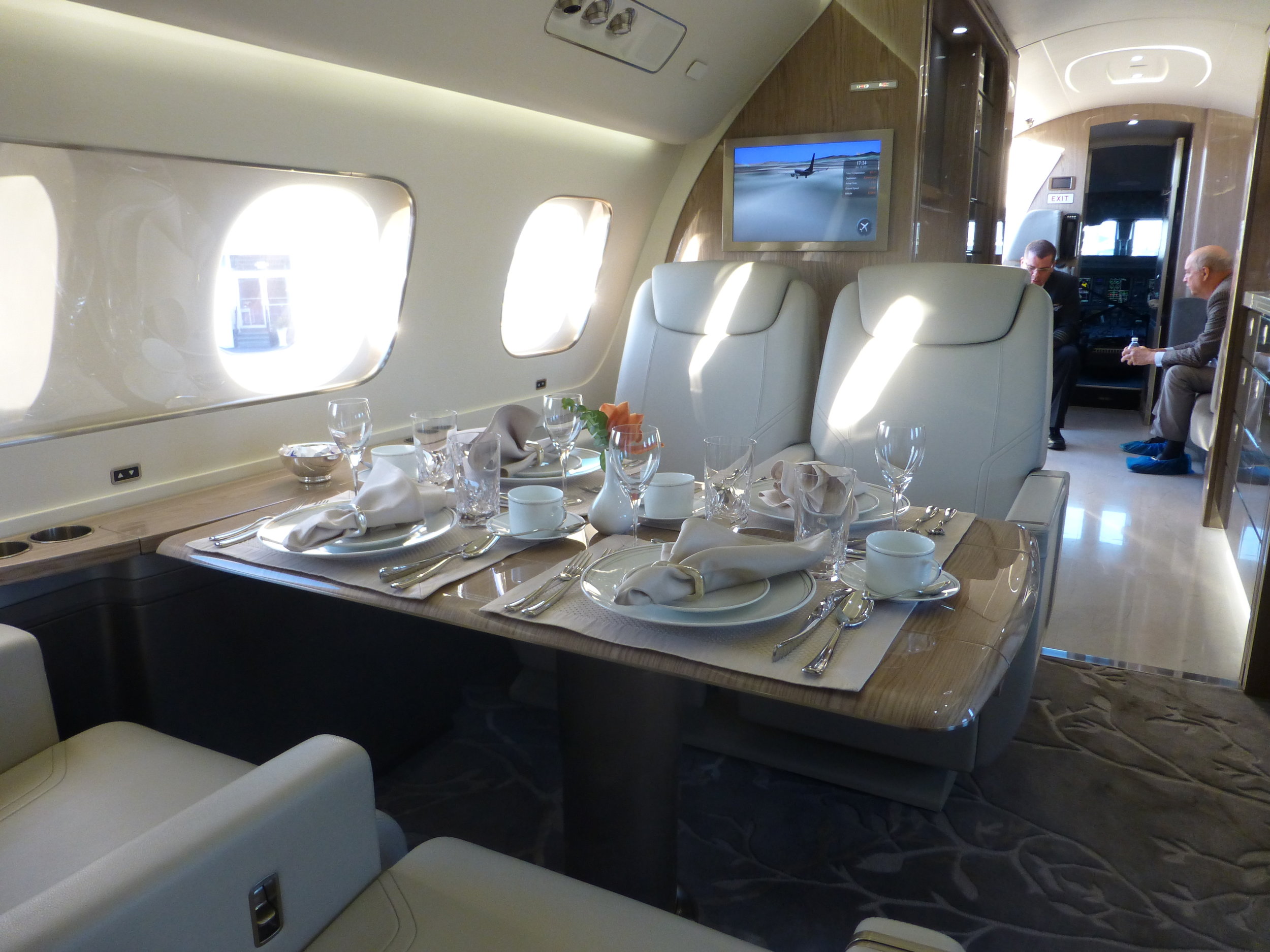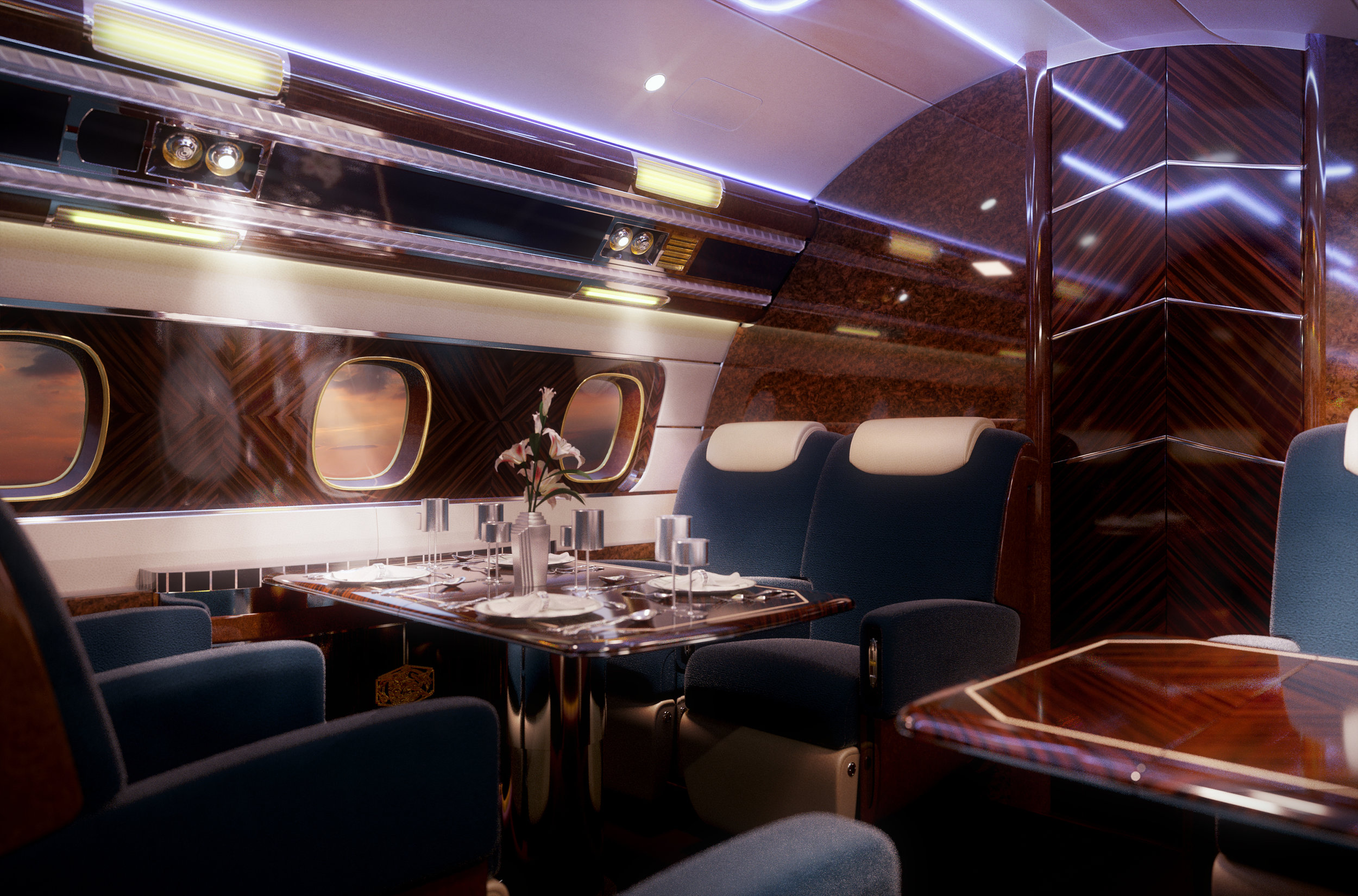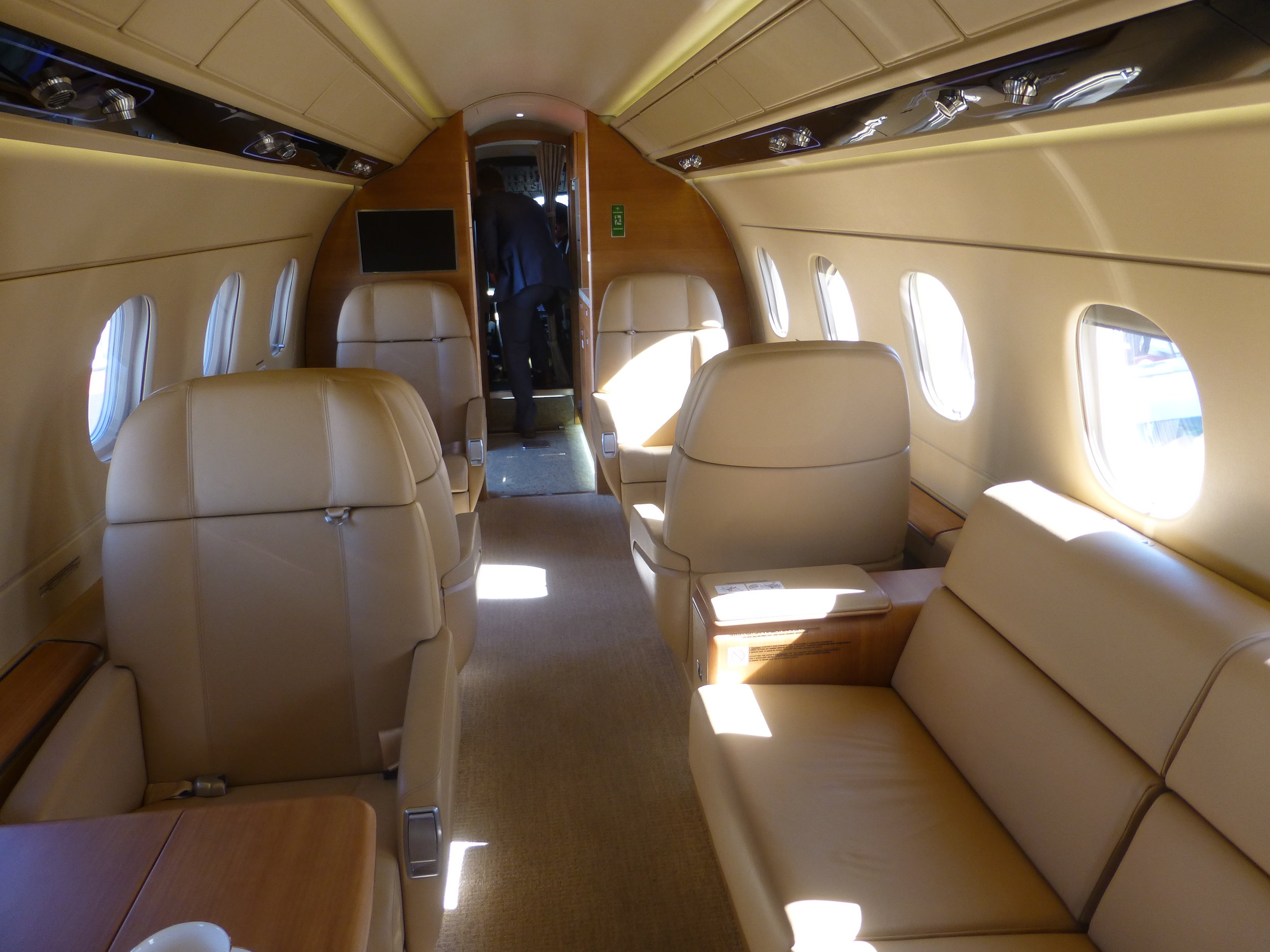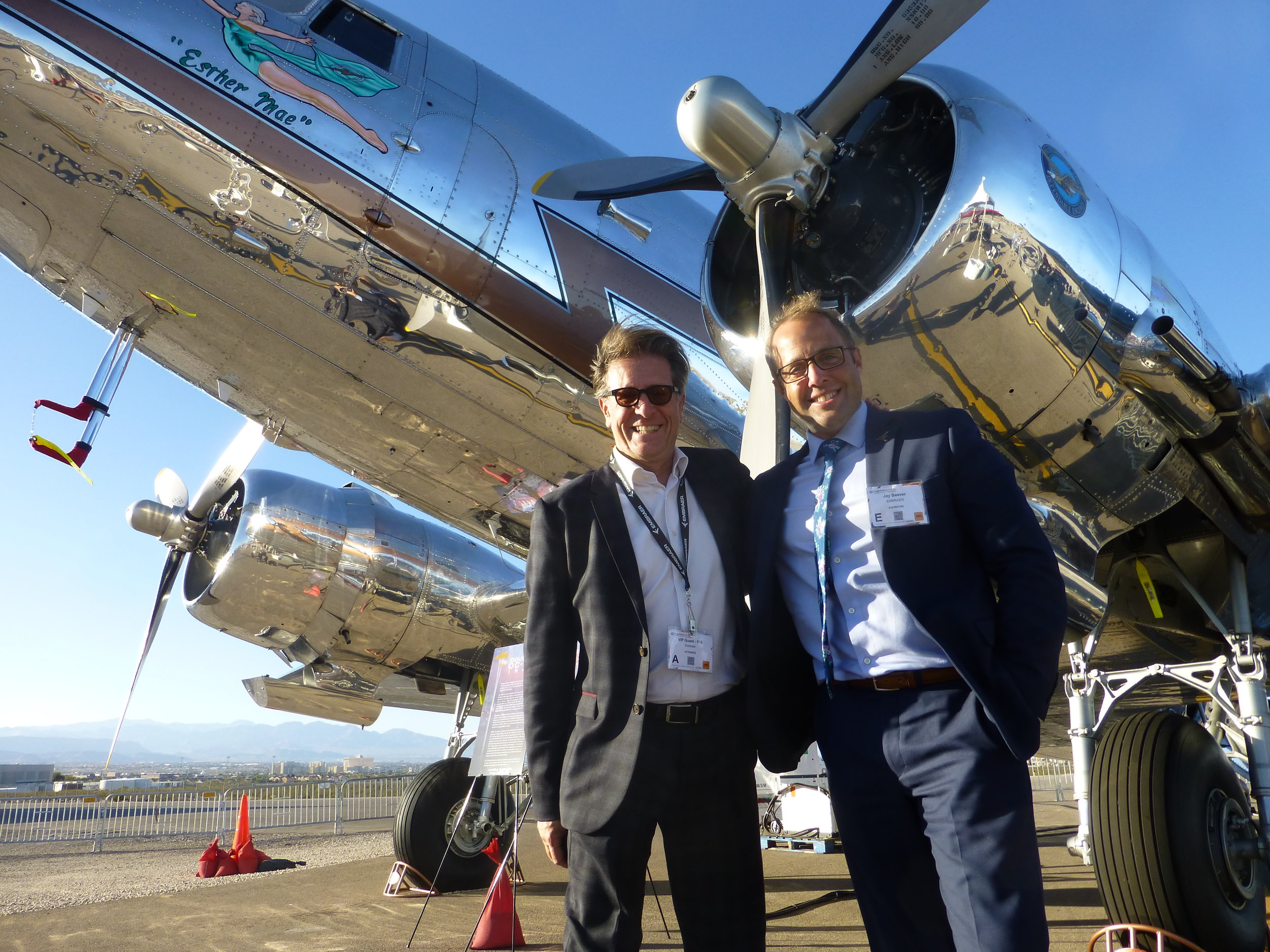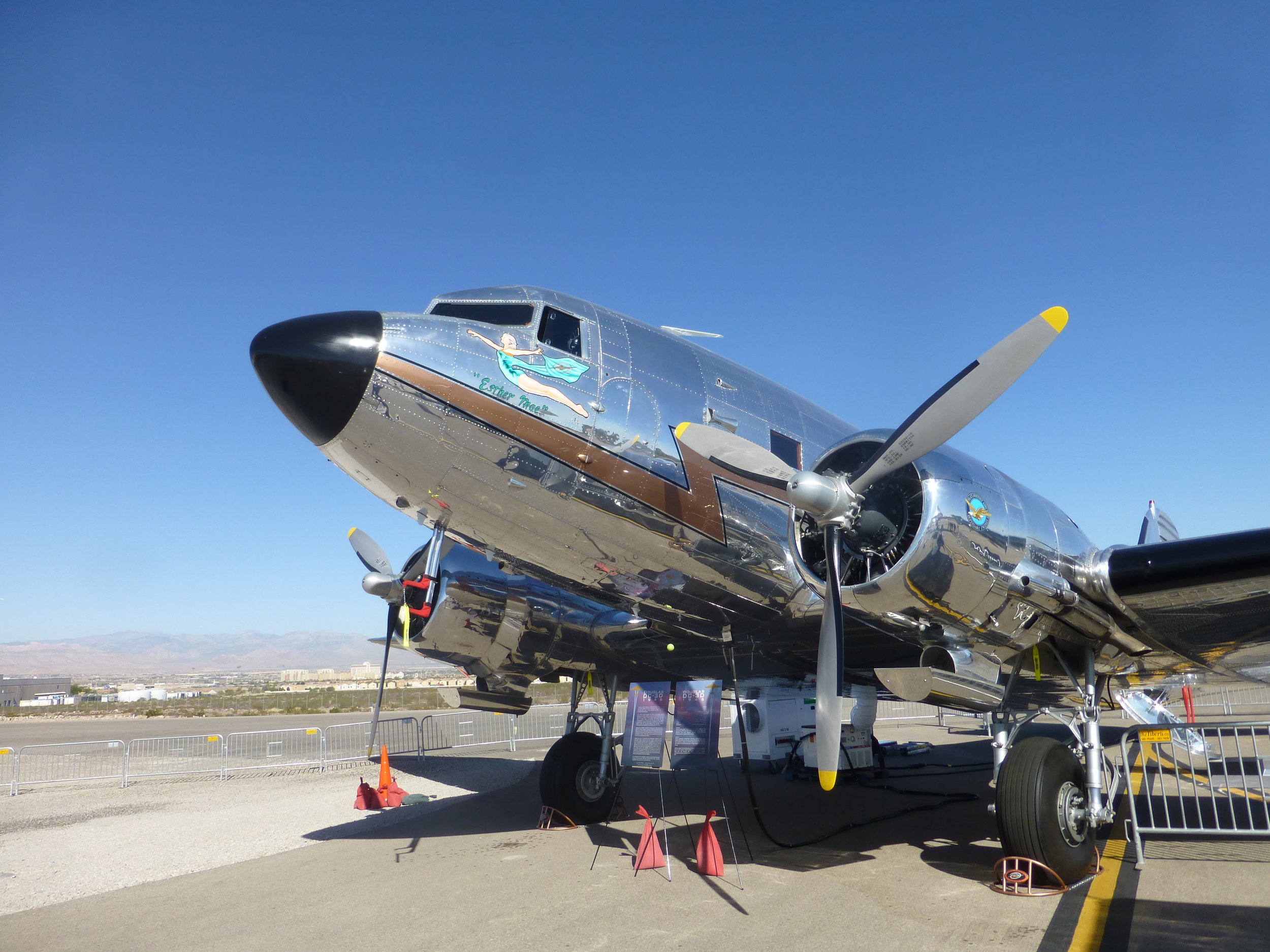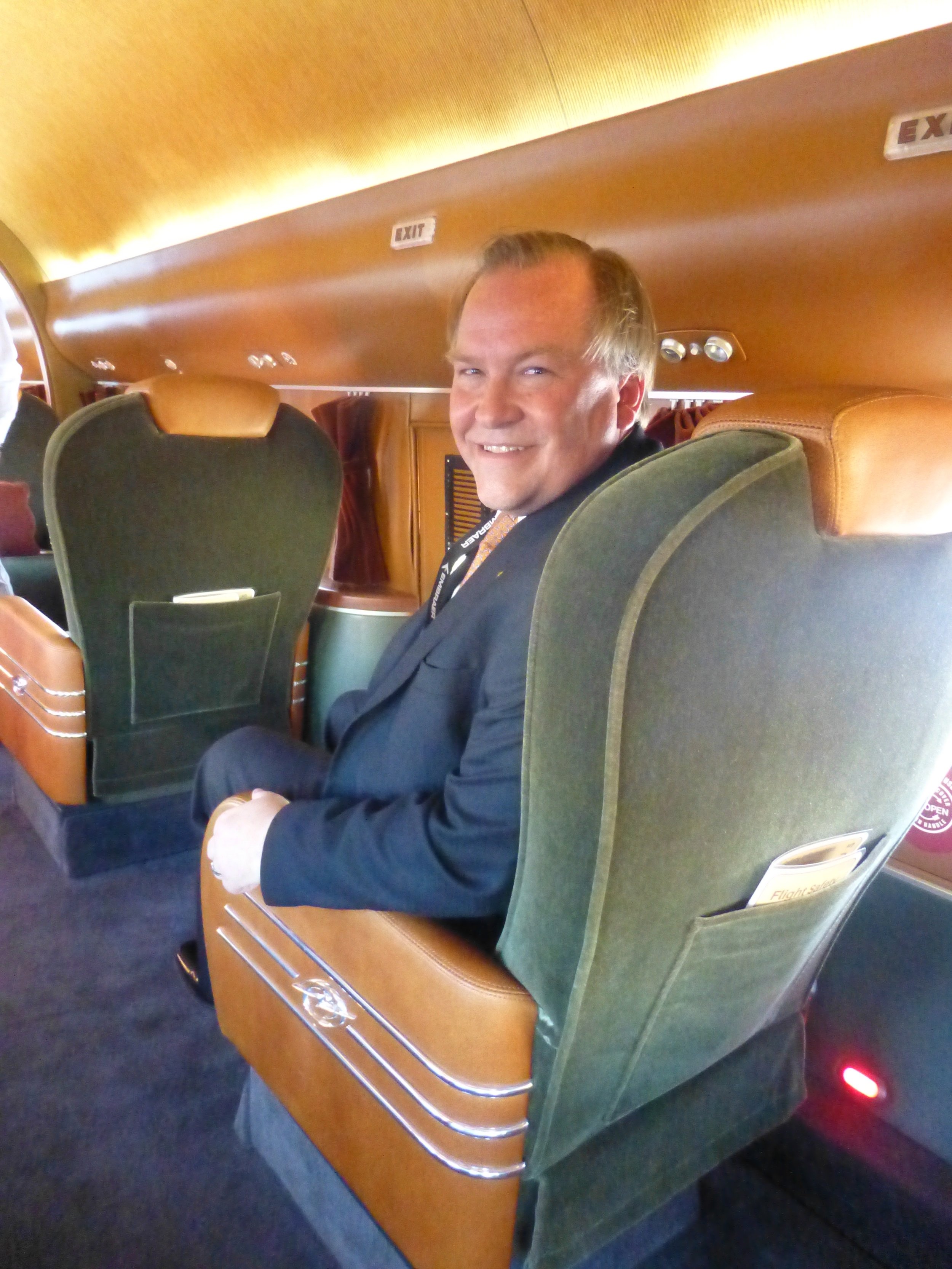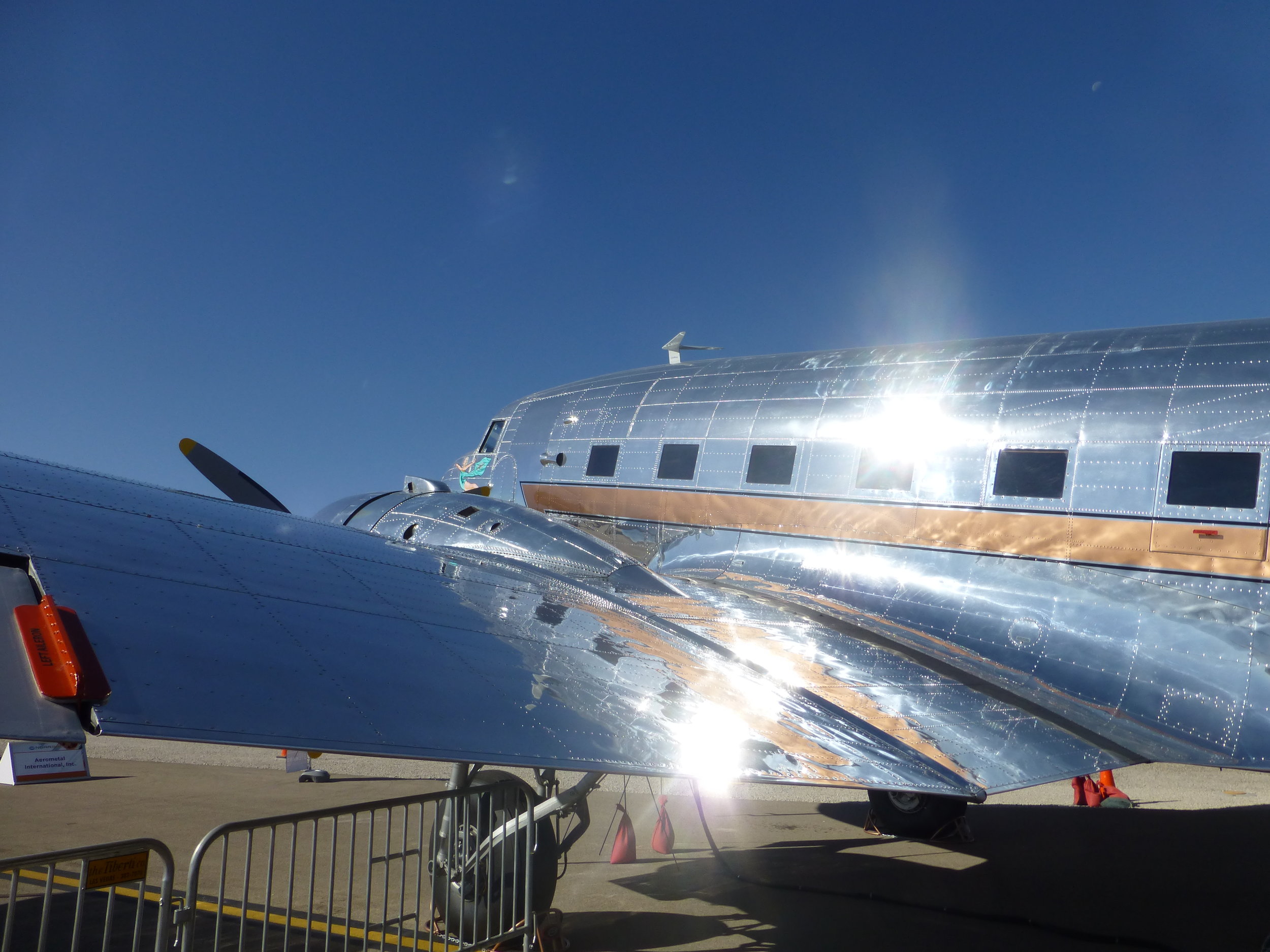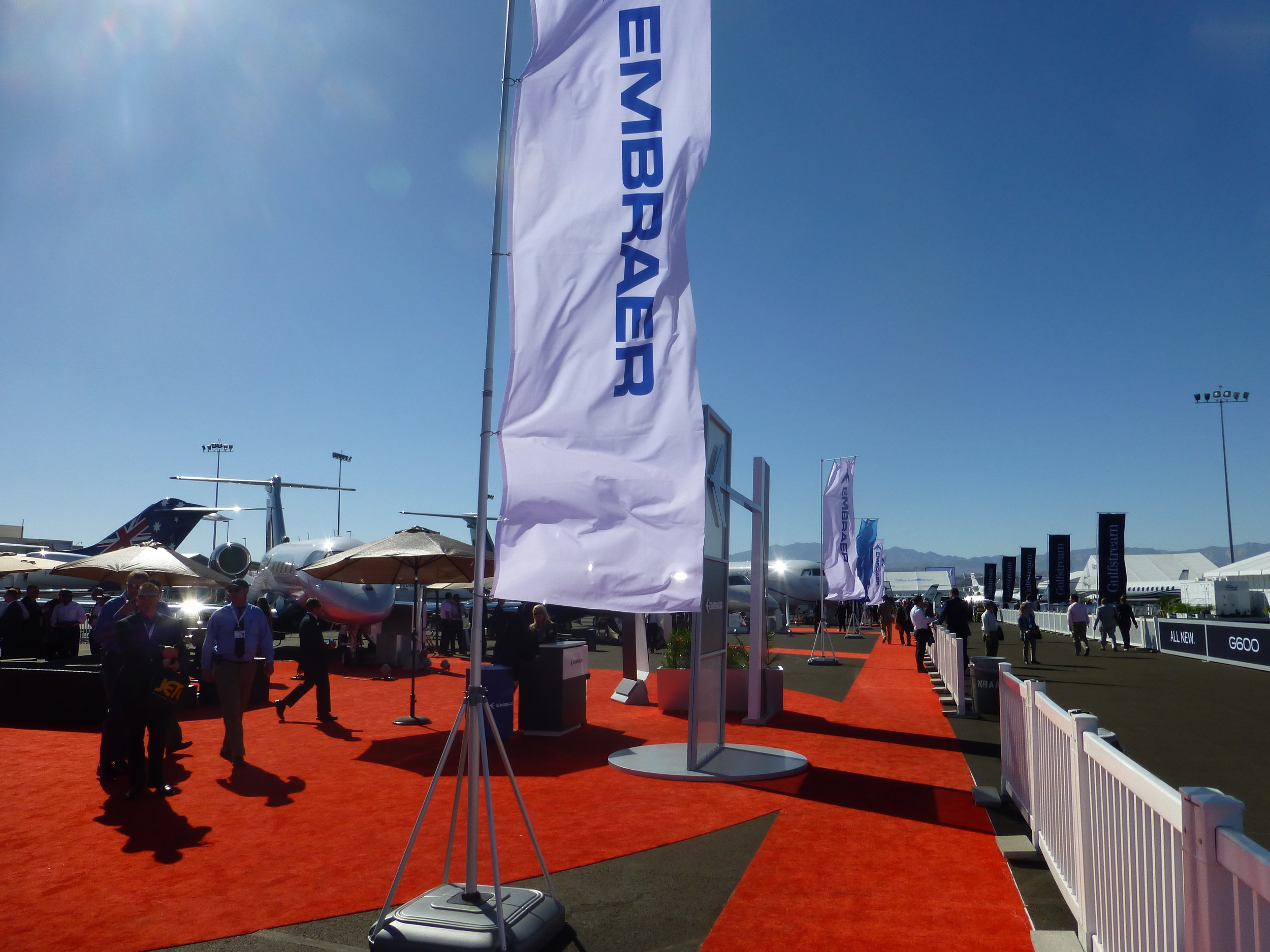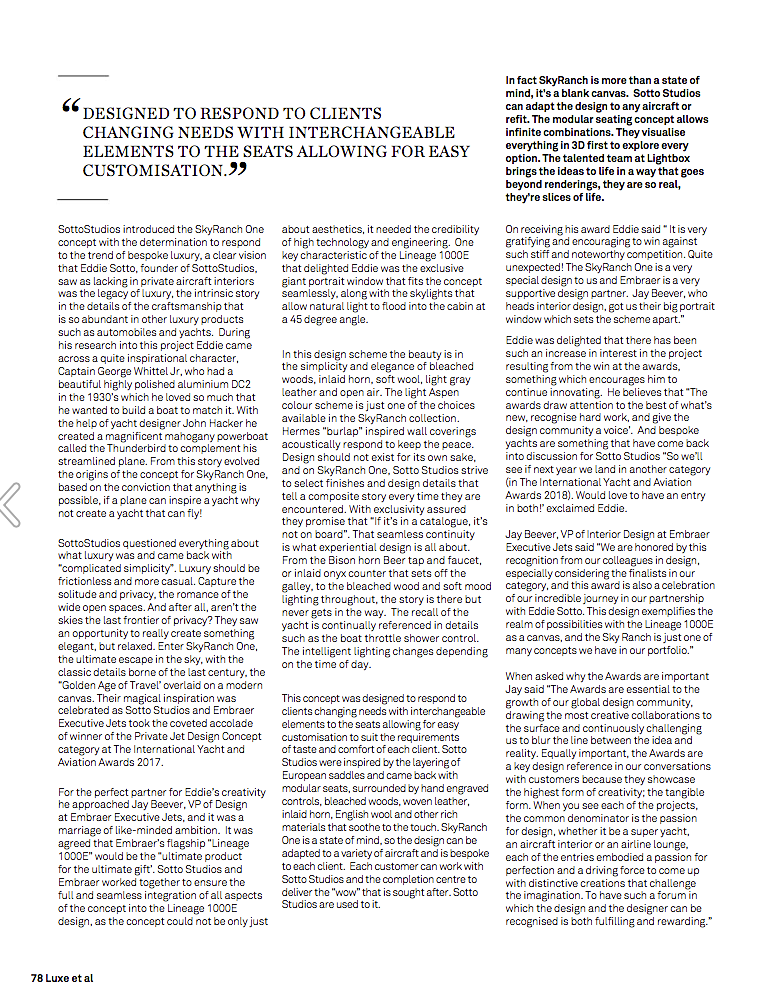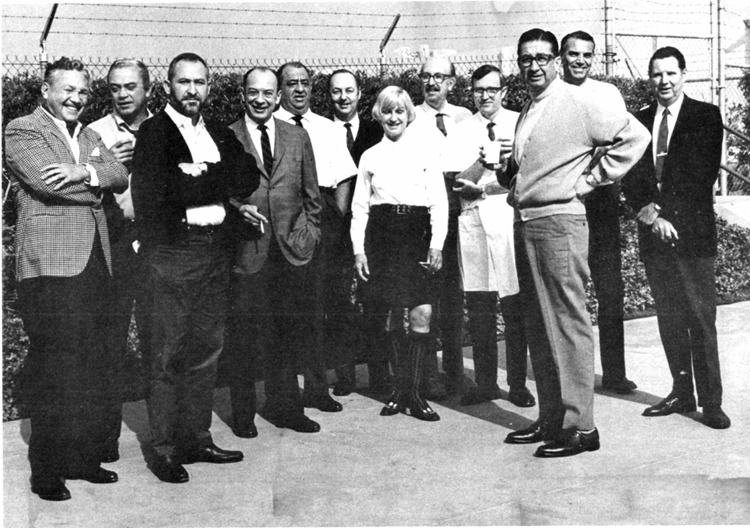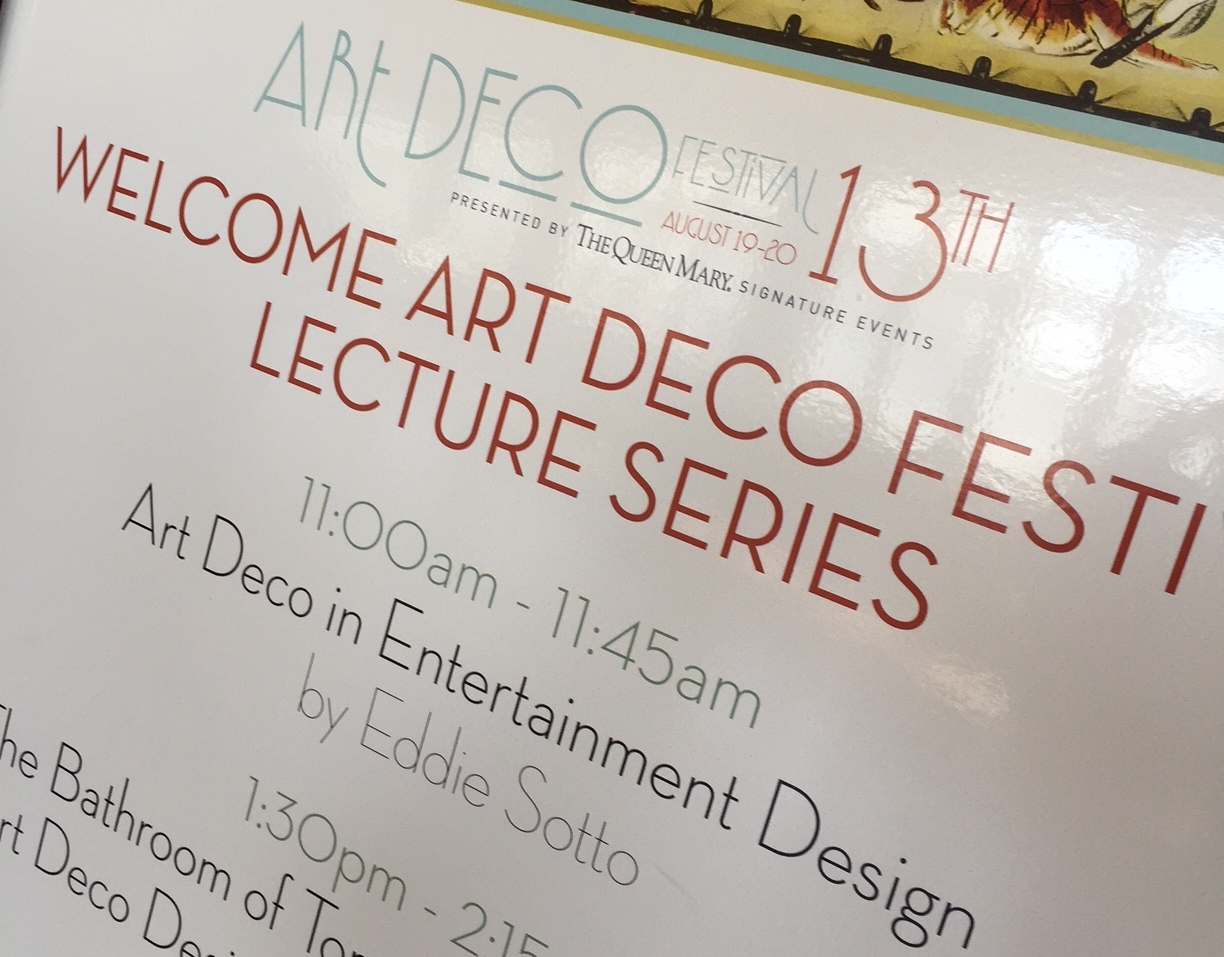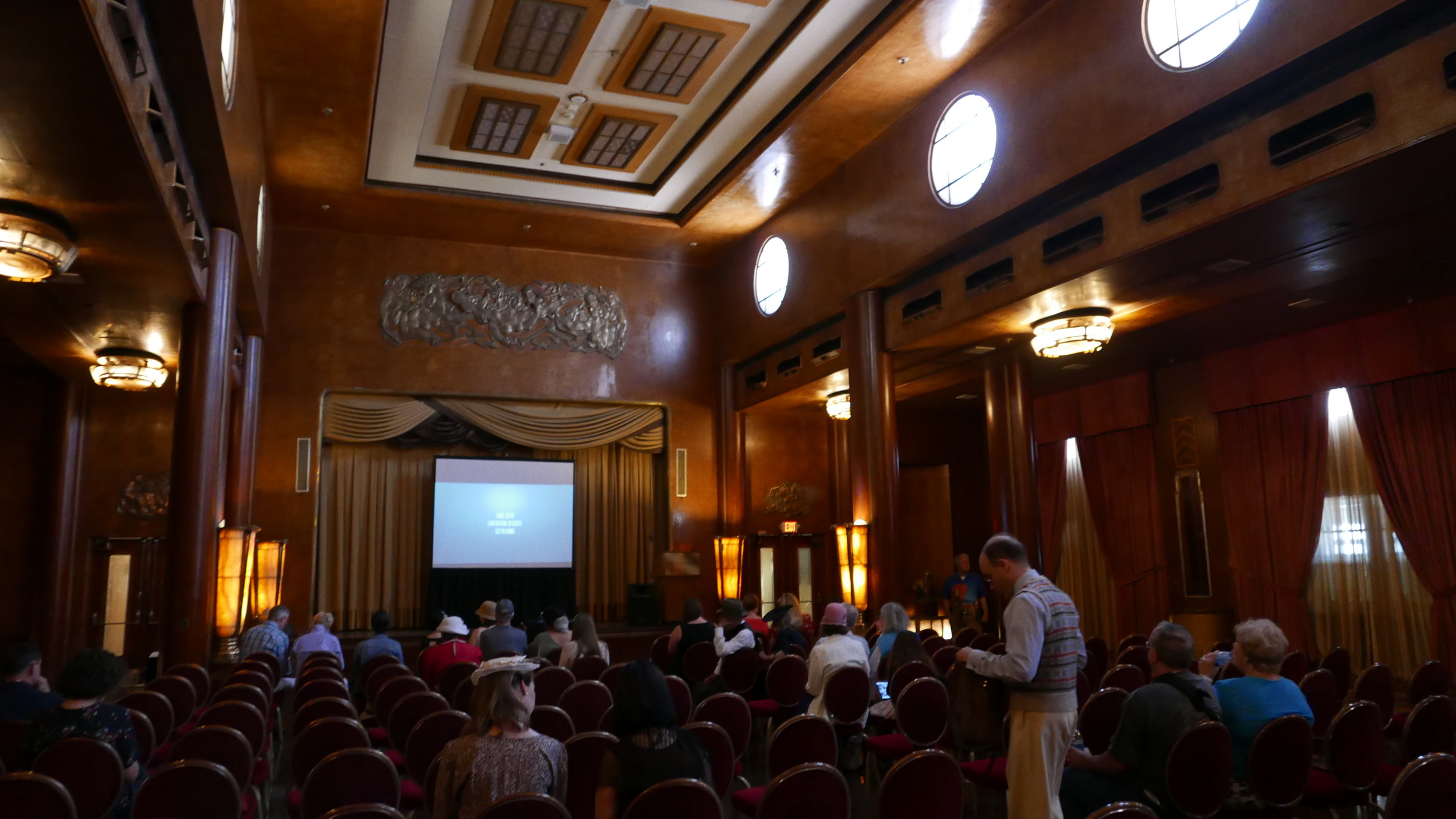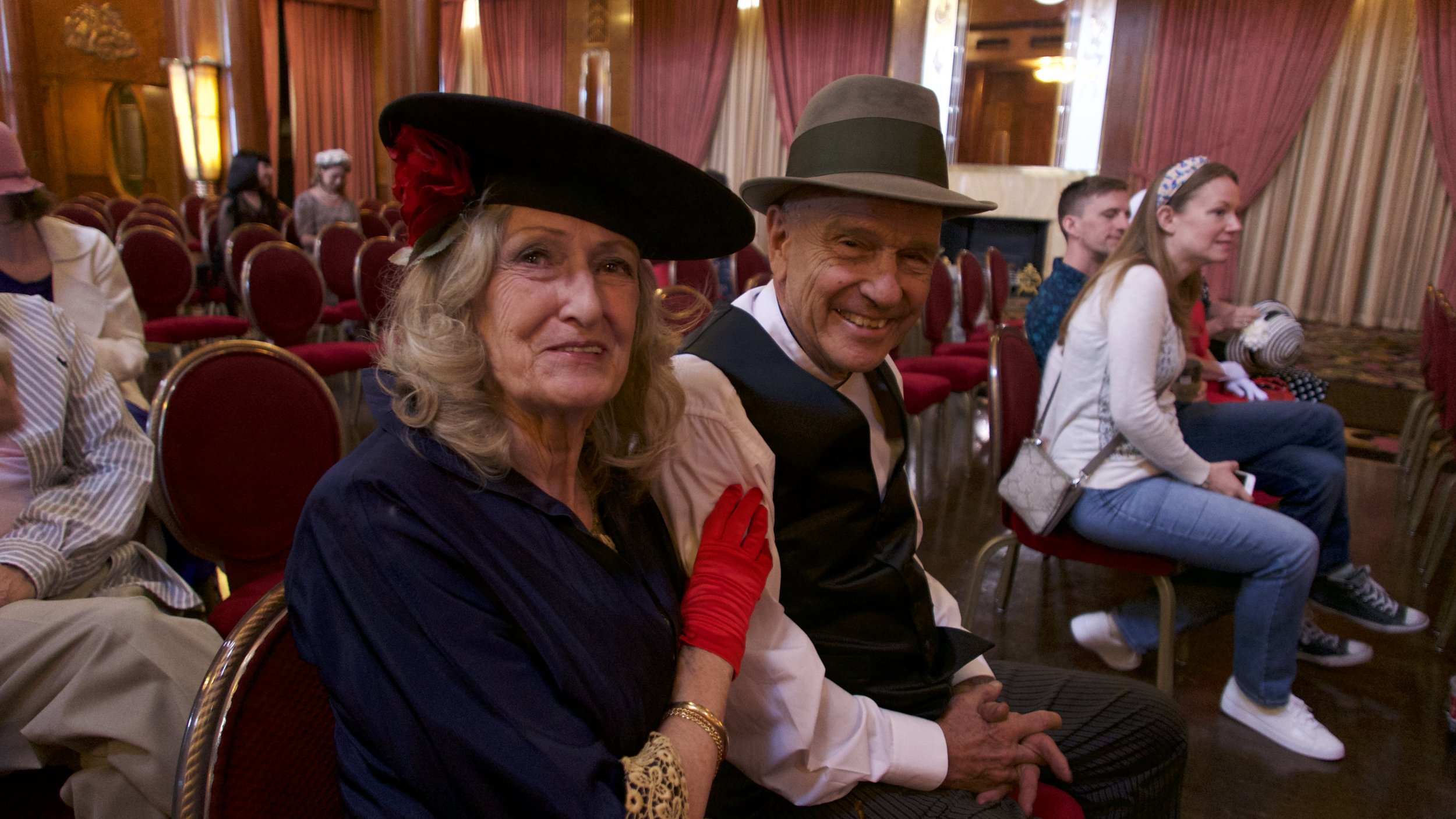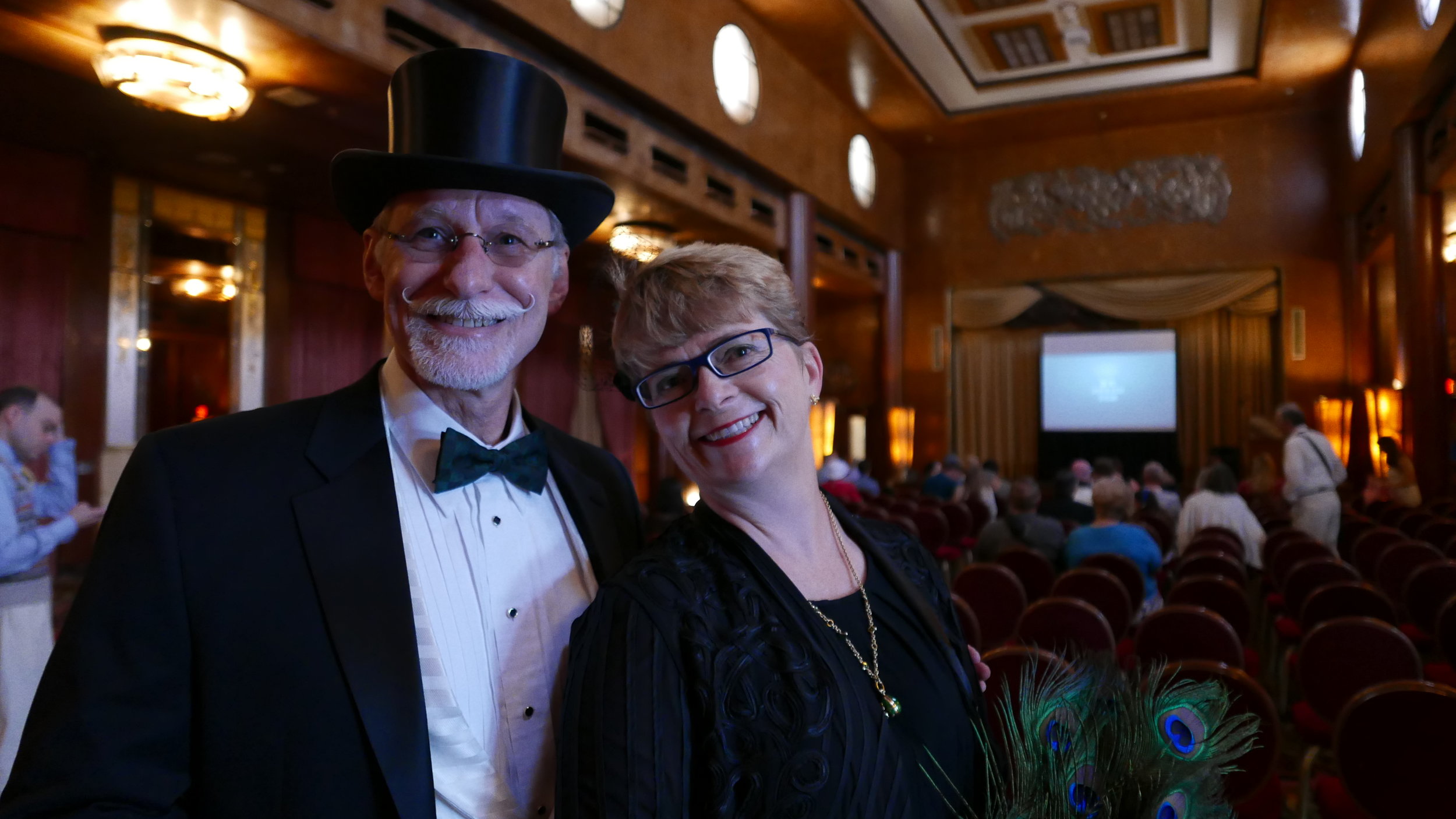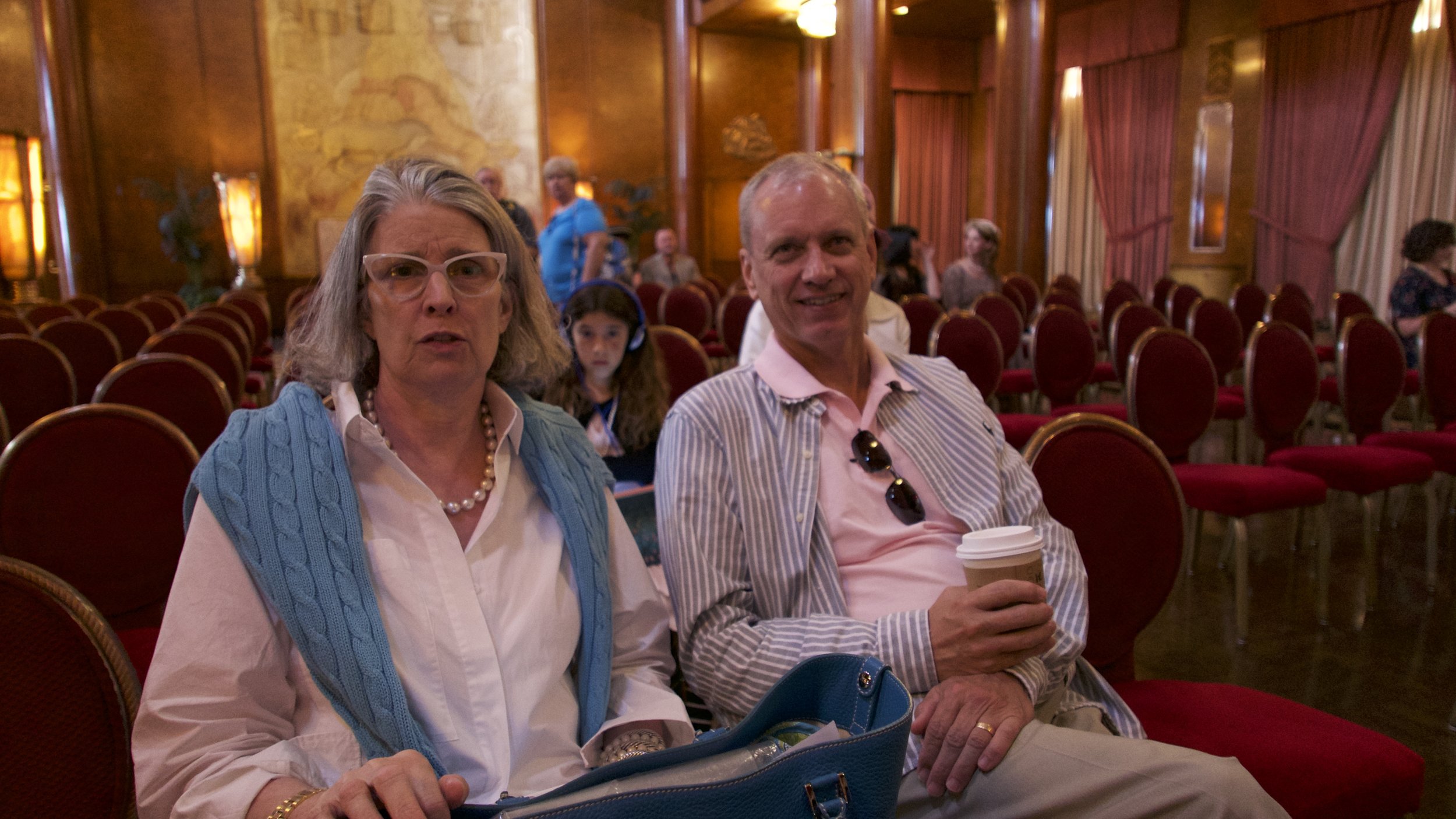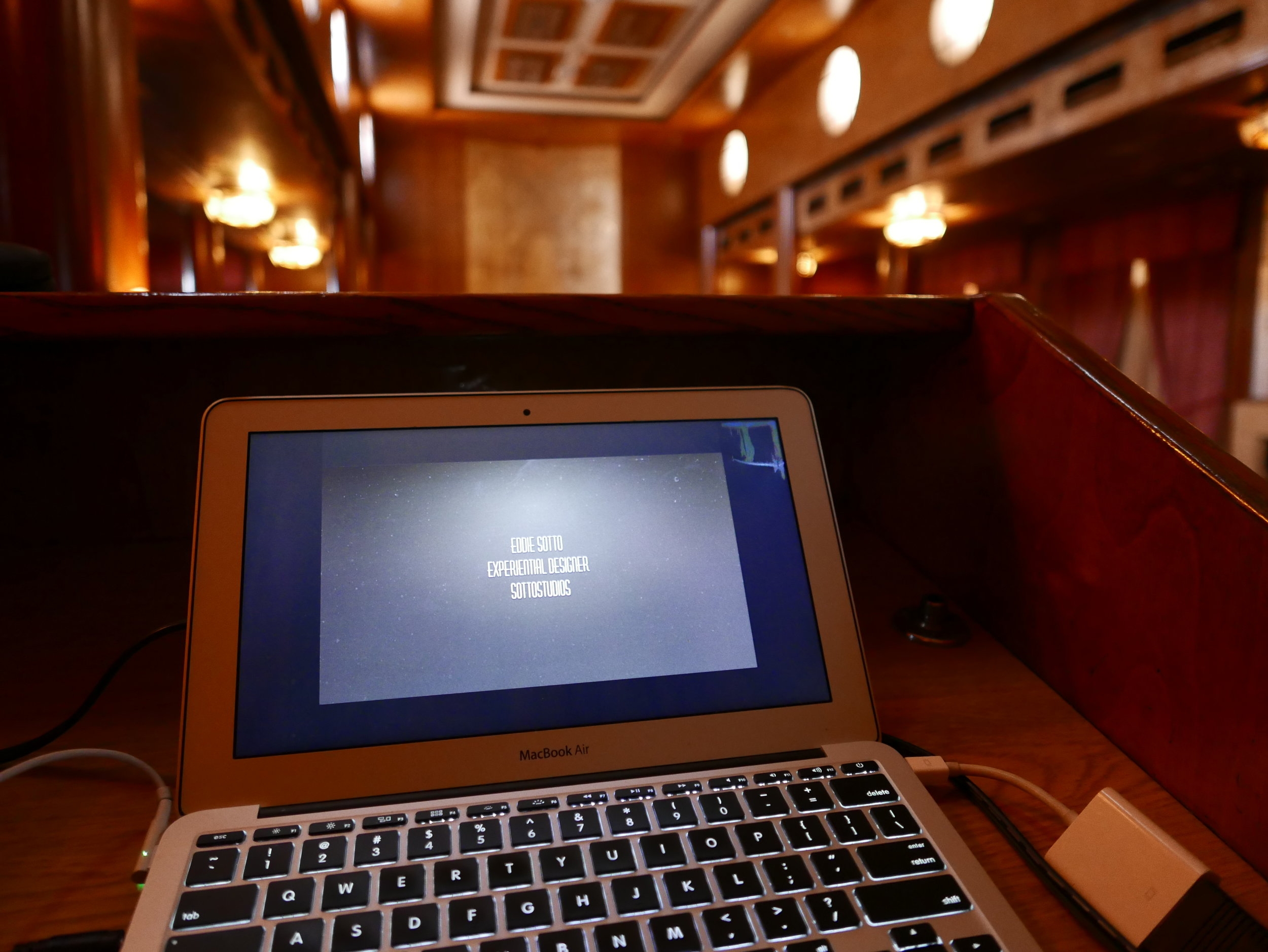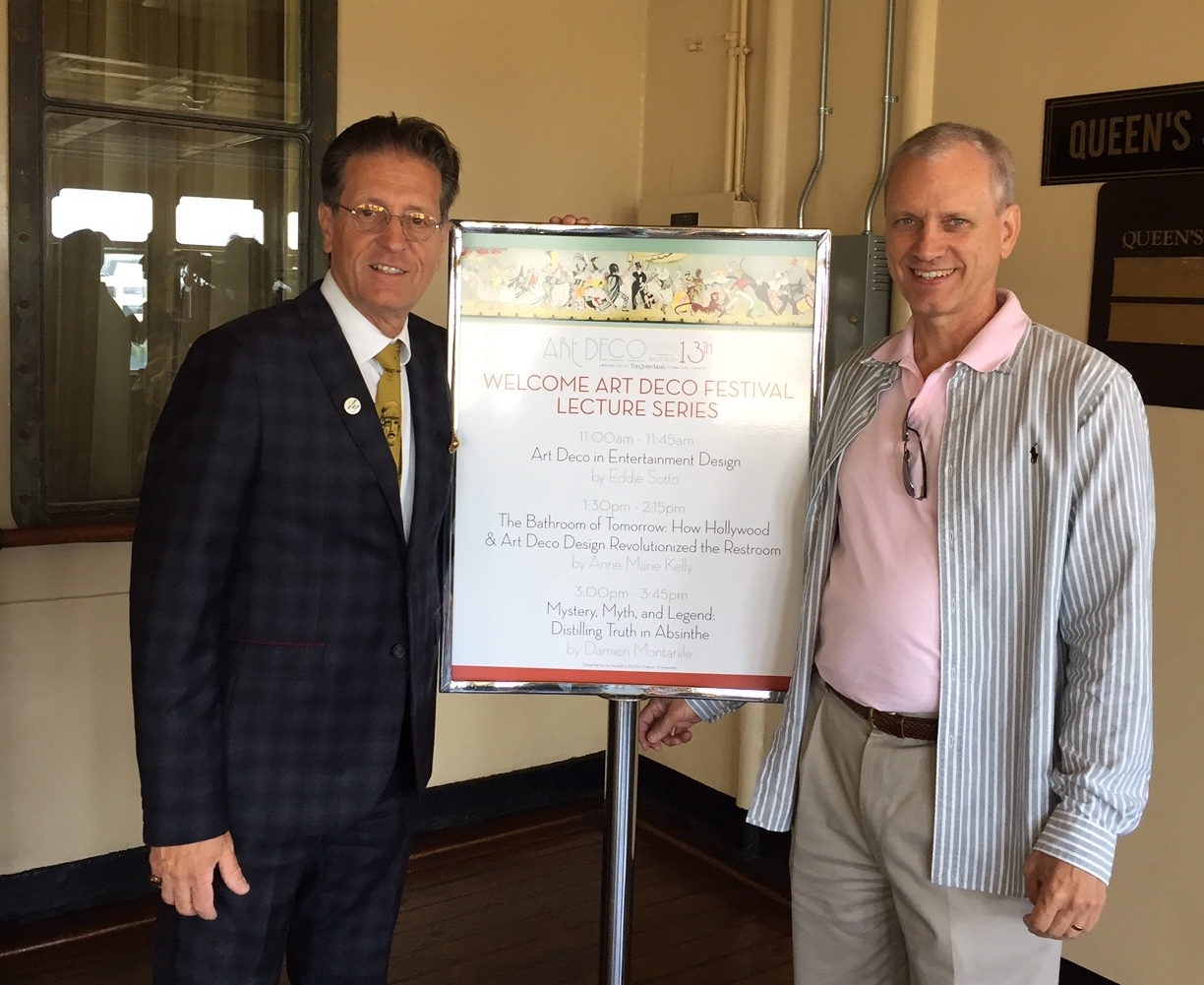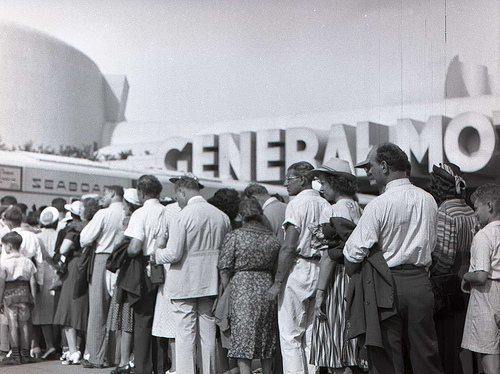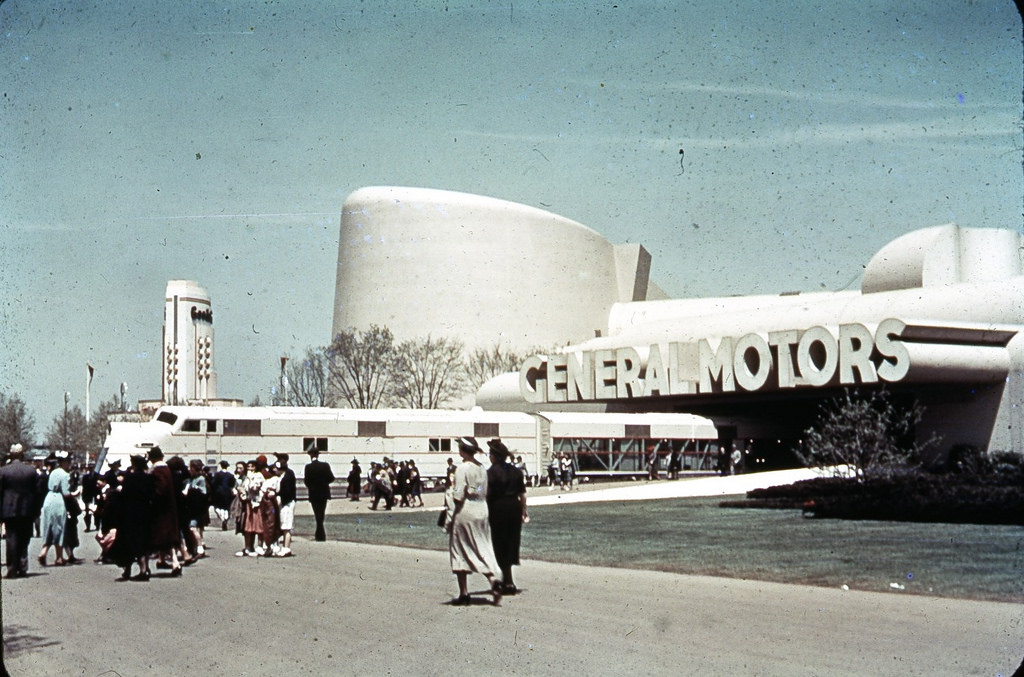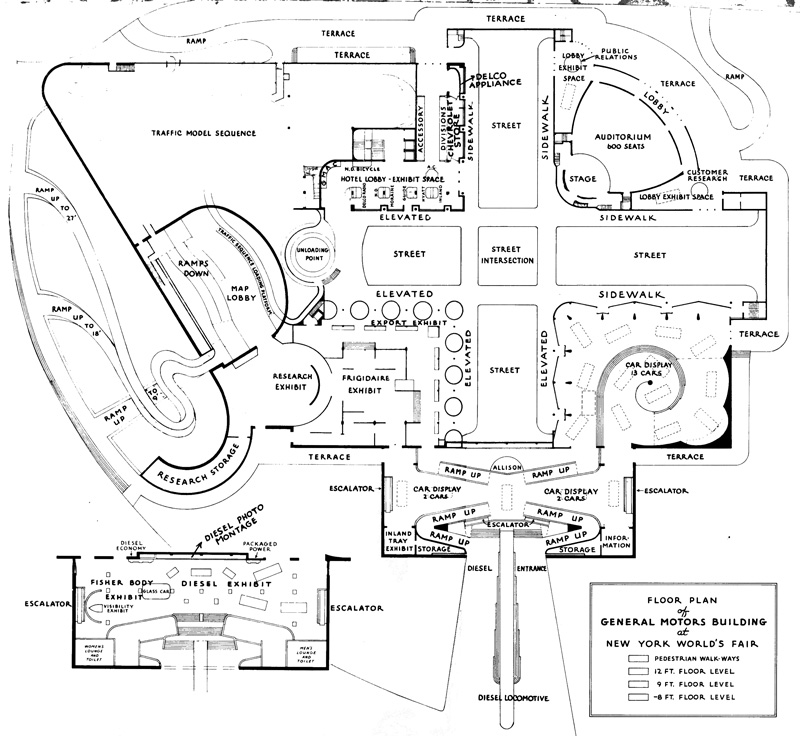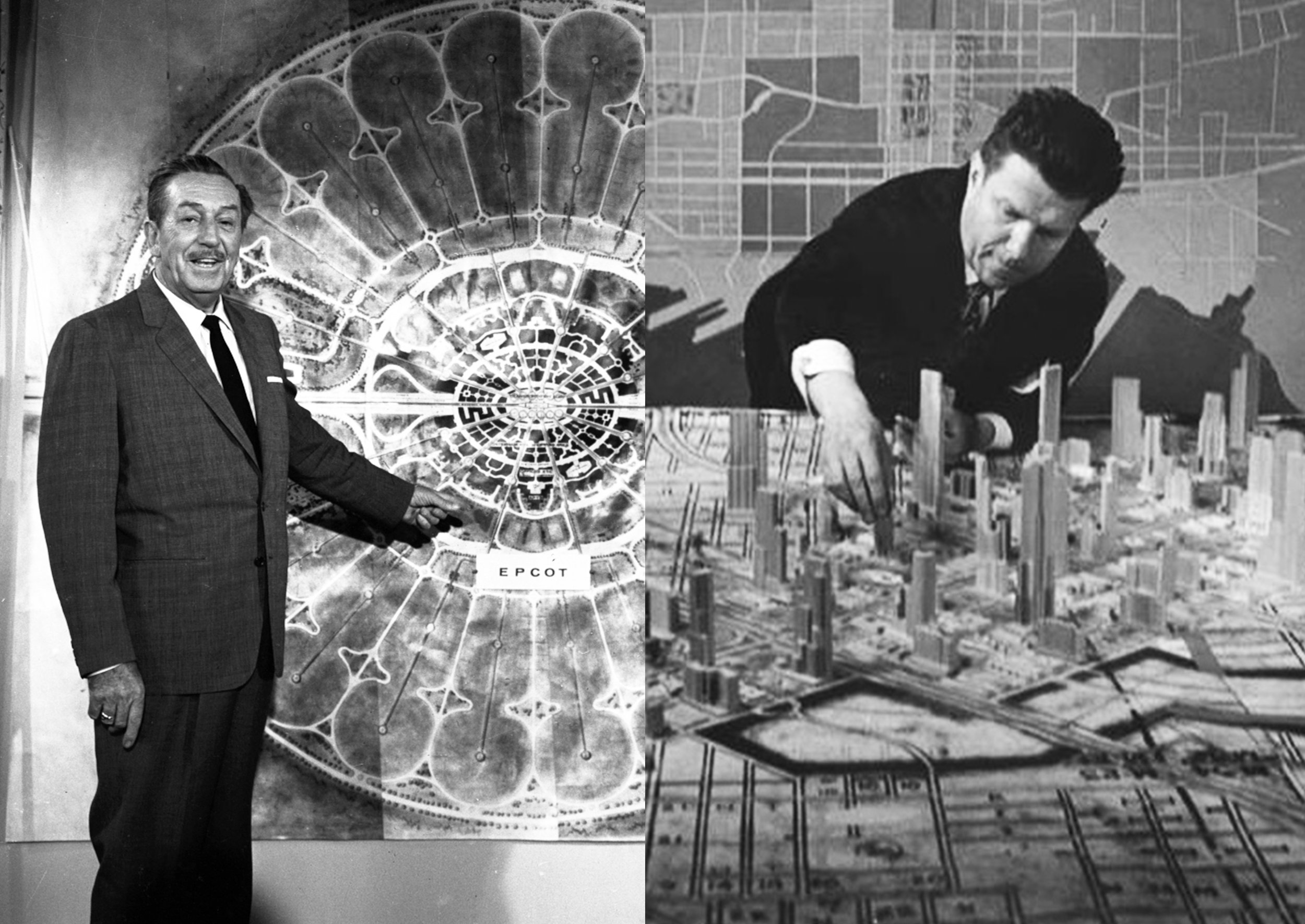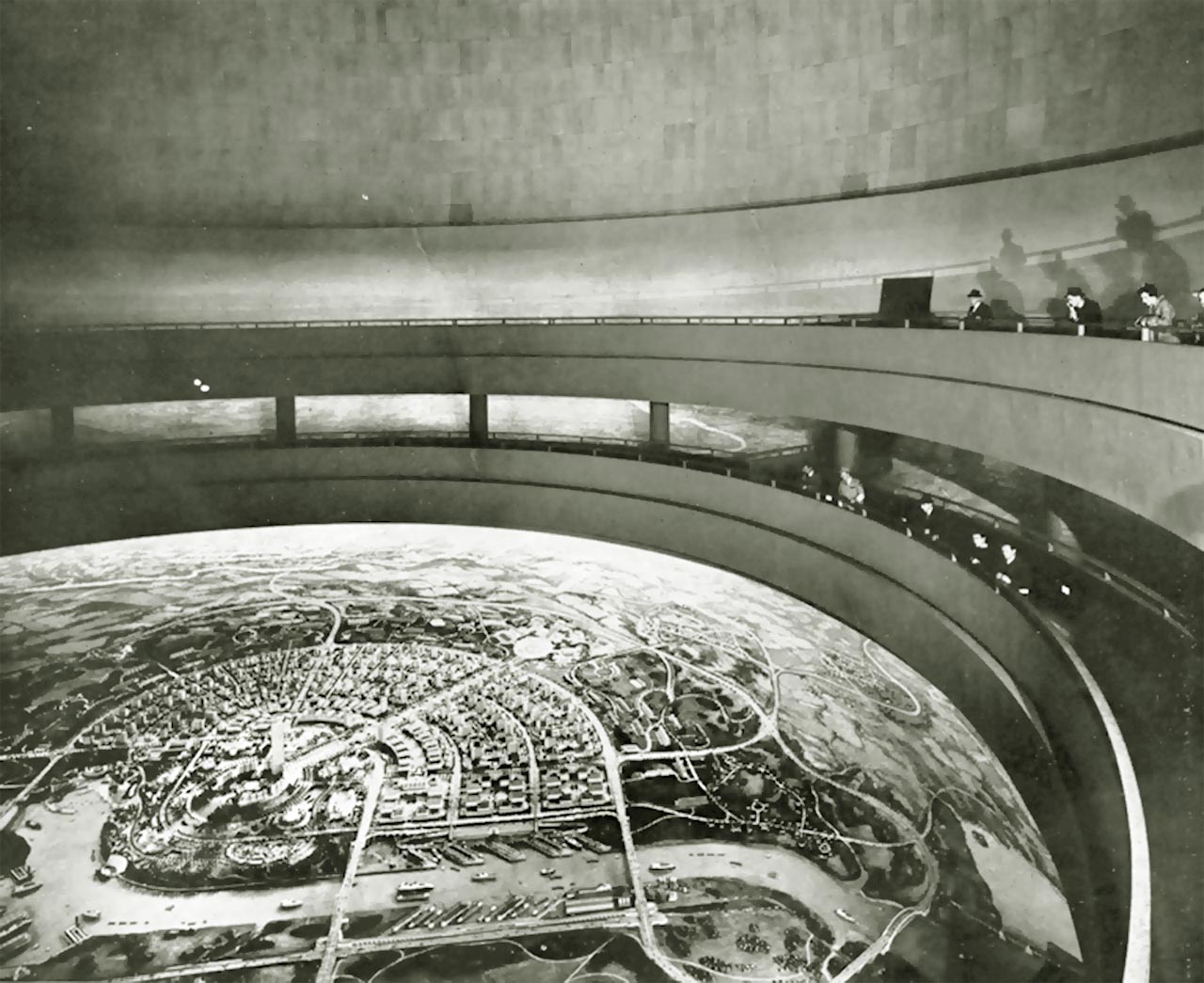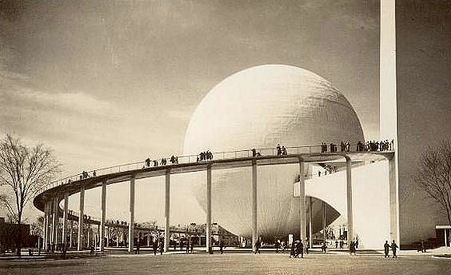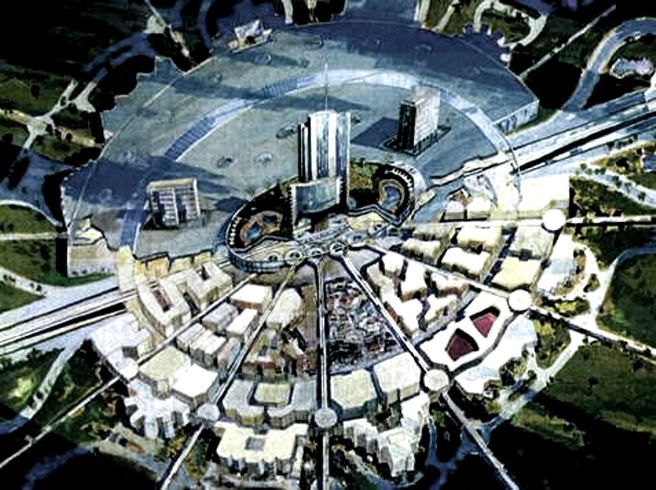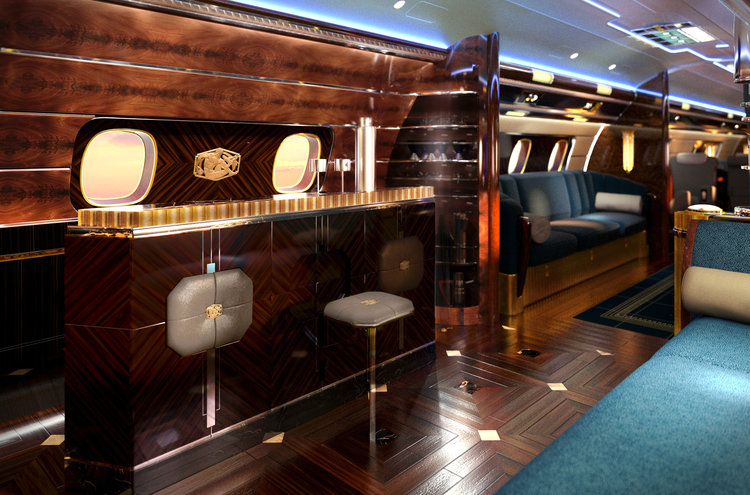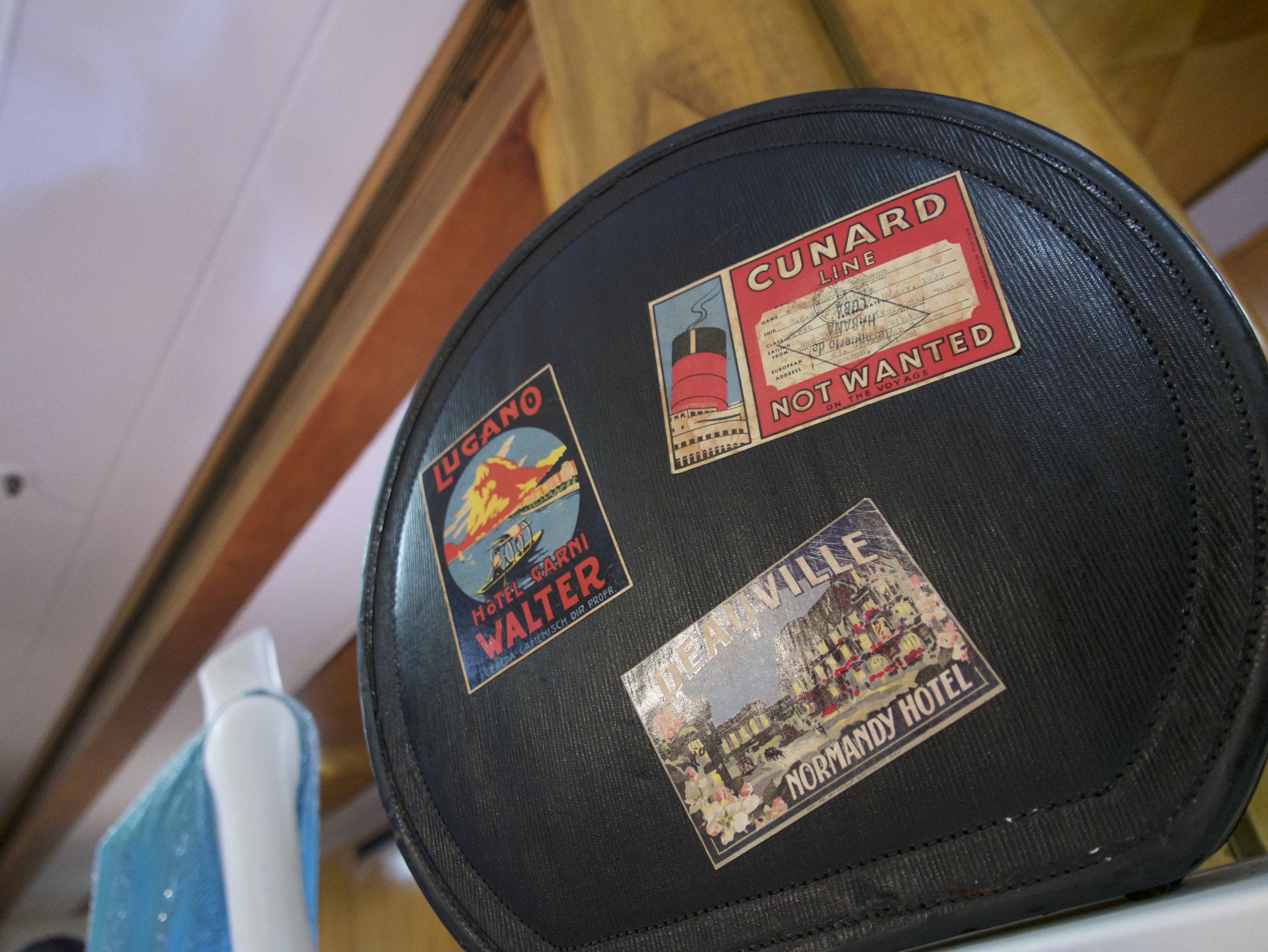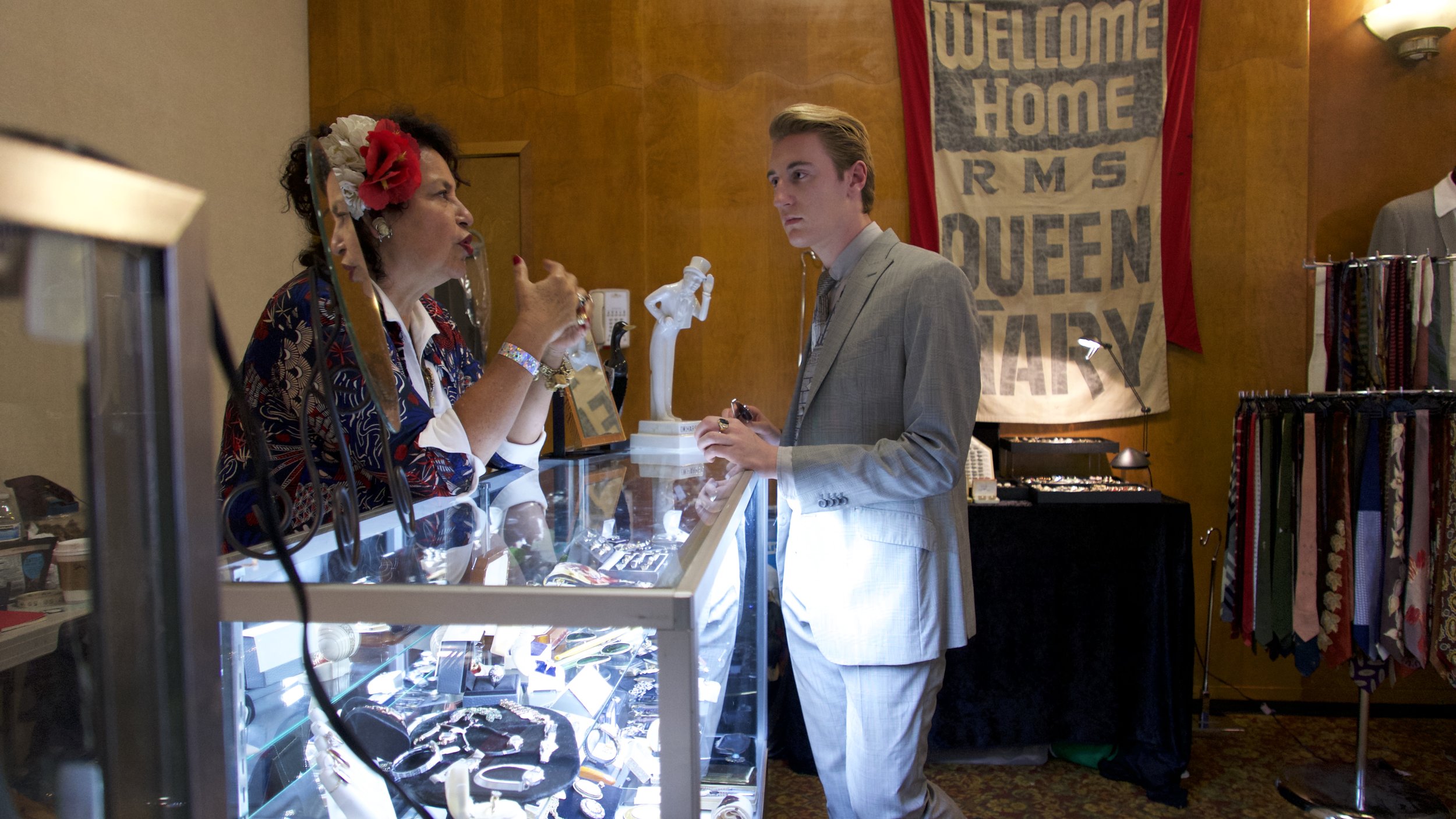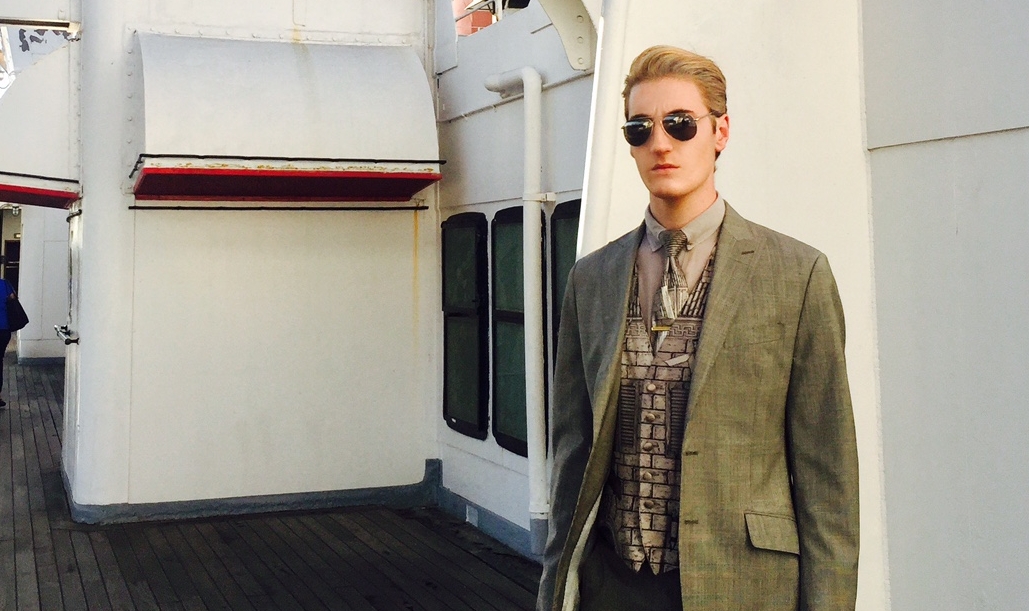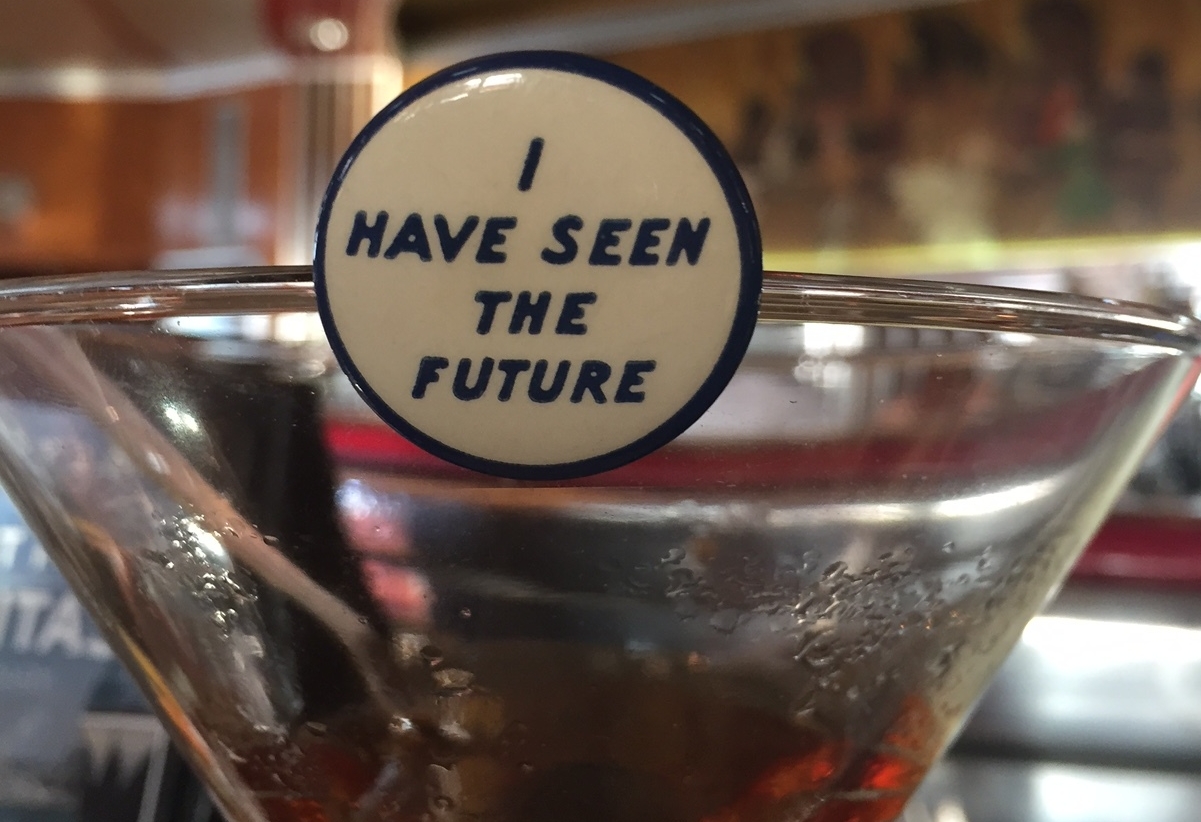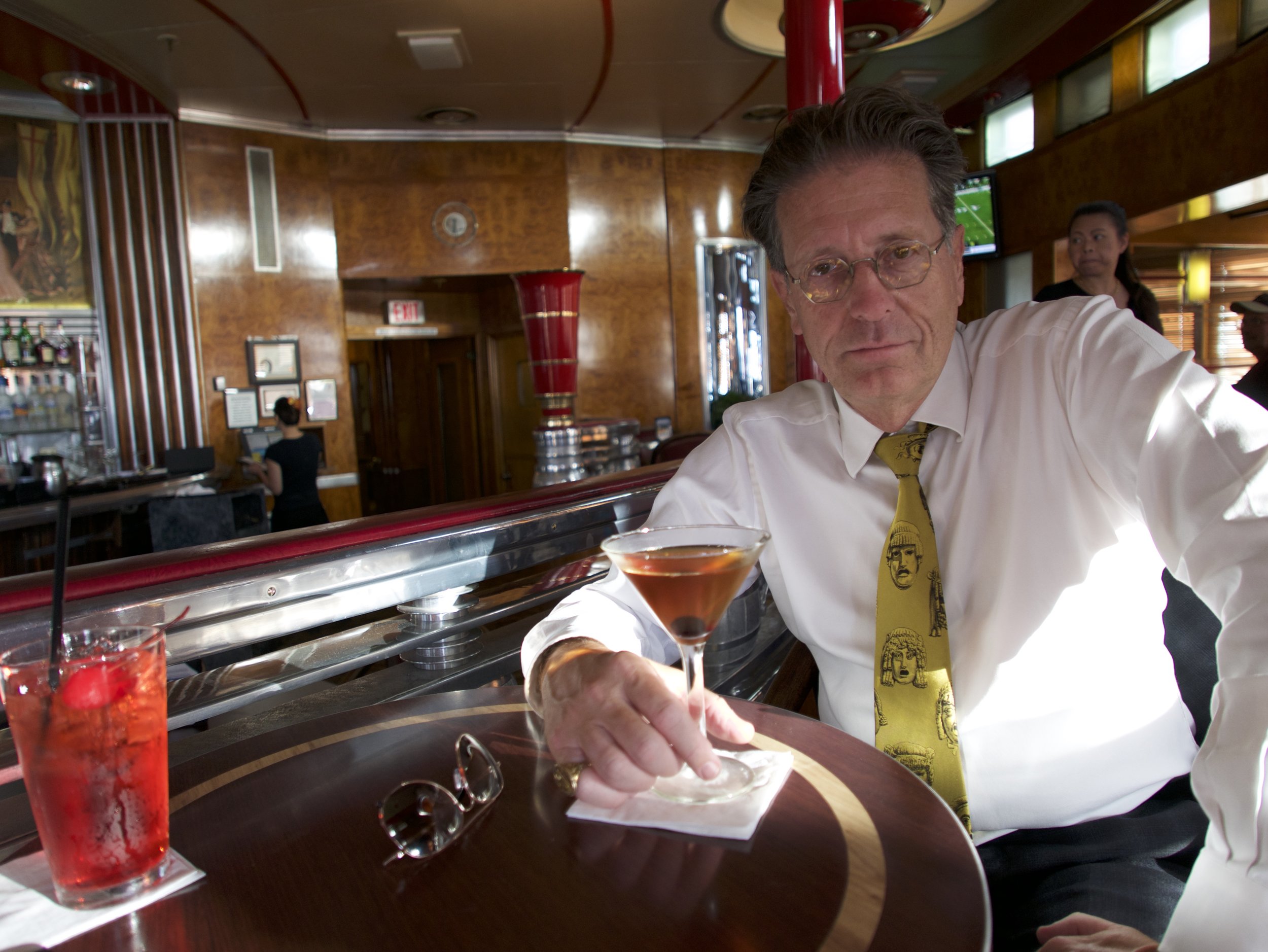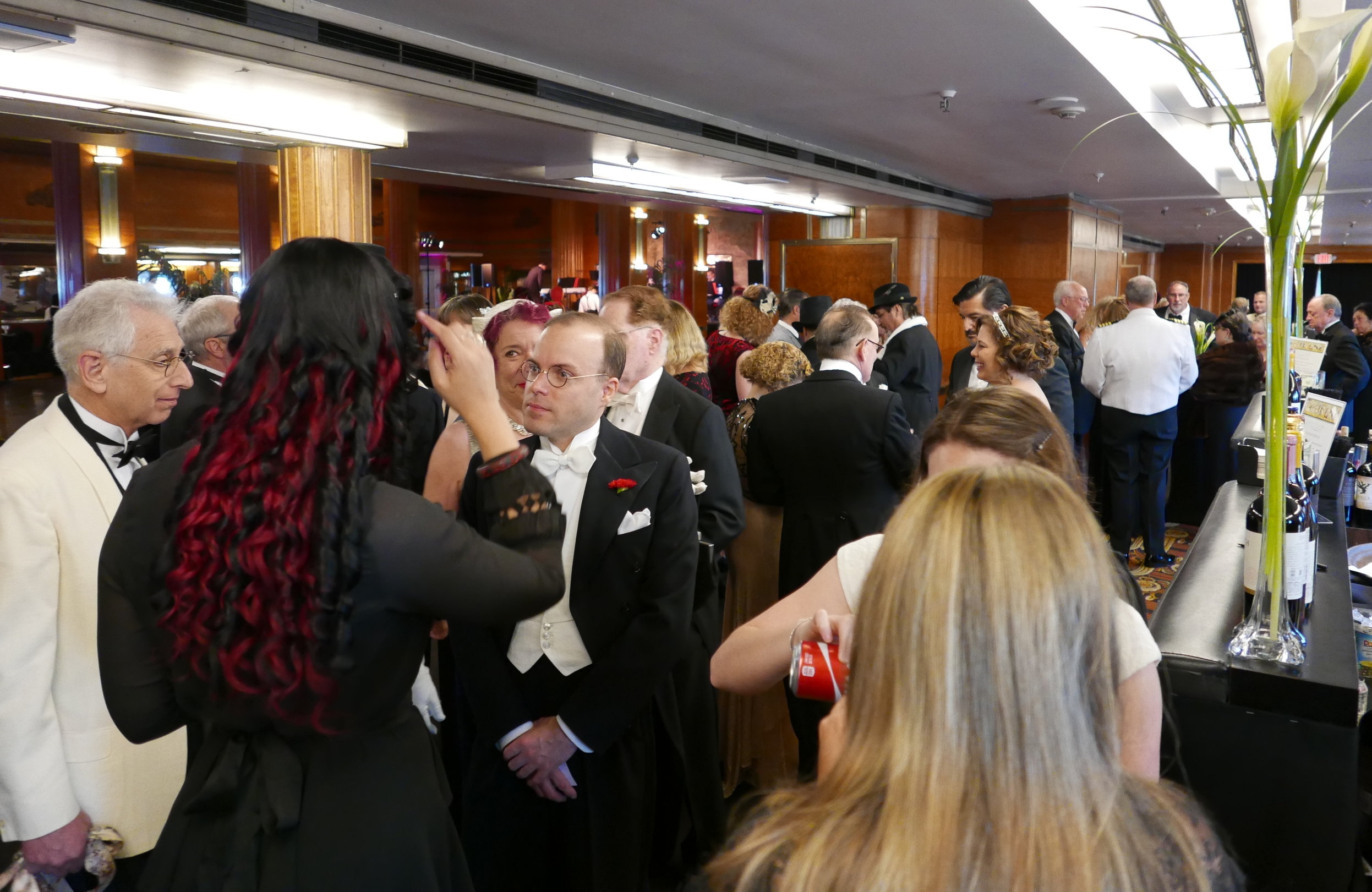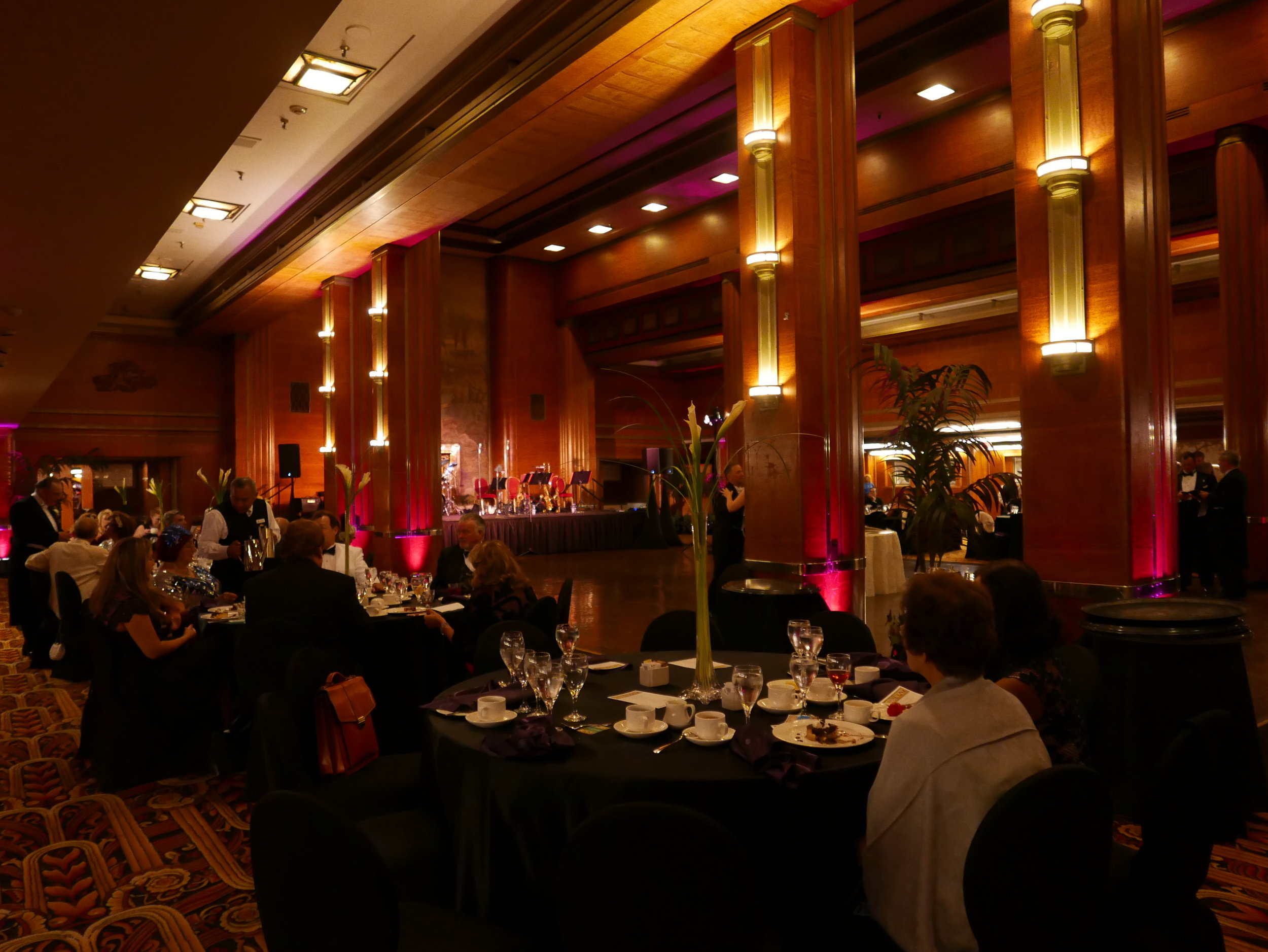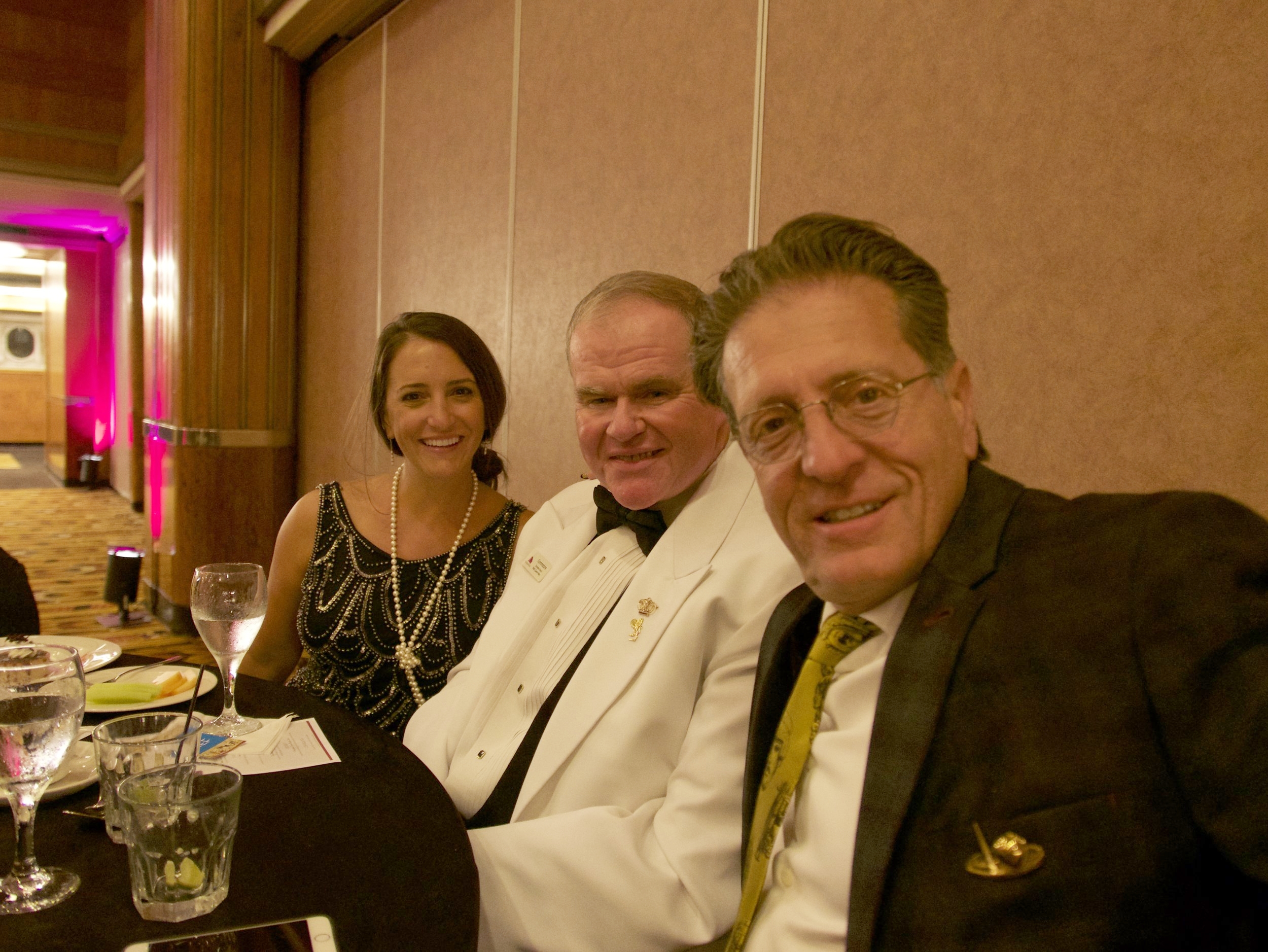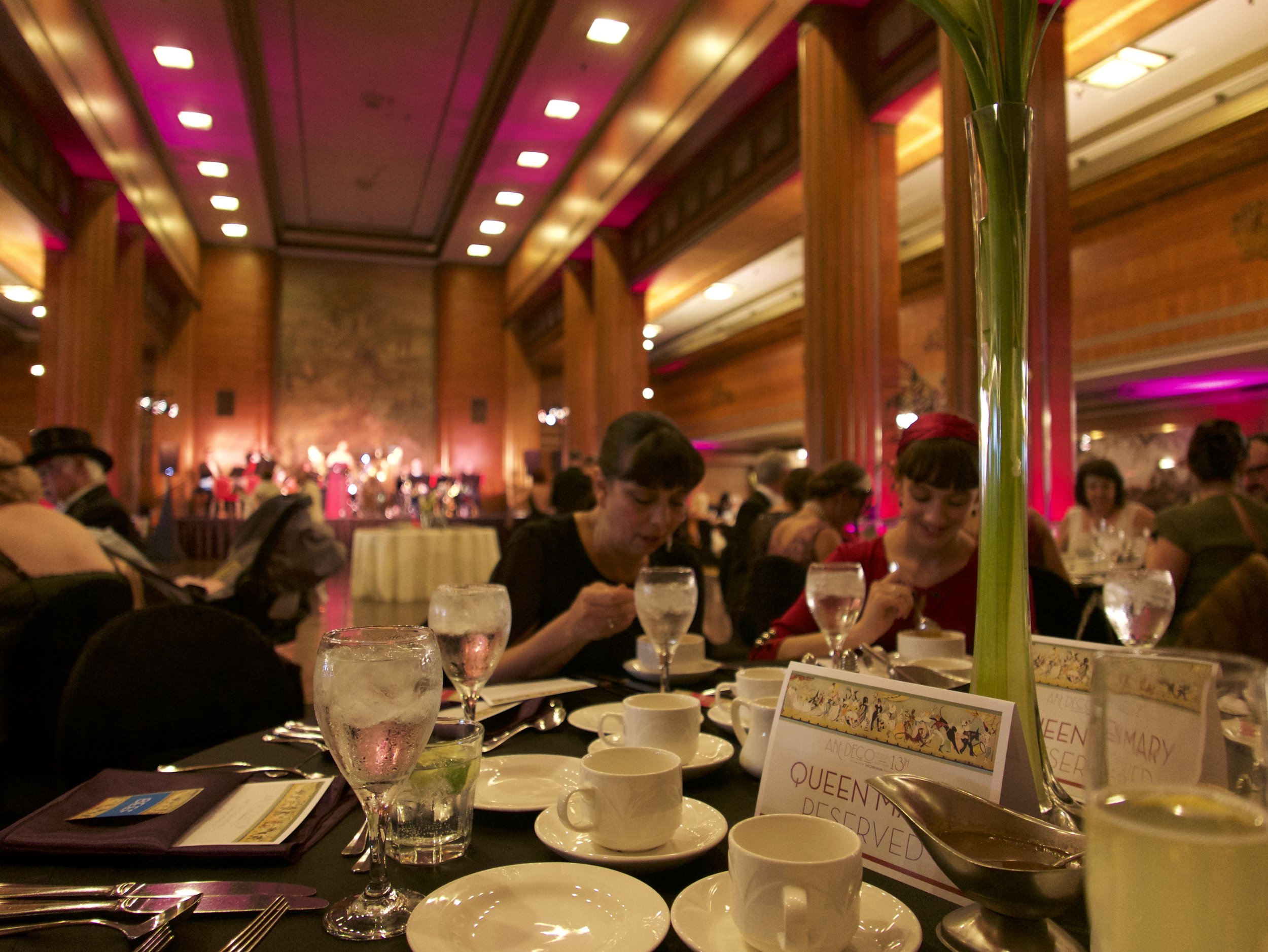Reservations about preservation?
We sometimes yearn for a connection to the past, to immerse ourselves in an alternate (hopefully better) reality than the one we're in. Headphones abound for a reason. Immersion's appeal lies in it's continuity, allowing designers to create an "escape" from the here and now. Hence theme parks create a sense of "time travel" either forward or backward. They usually fail when they charge 100 bucks to experience the past, yet deliver something plastically "todayland." (We exist to do better.)
Why love a Style?
What about immersion in the real past? Our cities are filled with great architectural reminders of the past, and to a degree, there are still great time travel experiences that I prefer to theme parks. Historic immersion allows you to connect in a deeper way with real events at an authentic moment in time. As theme designers, we try and reach that same apex of believability. That's one reason preserving historic environments are the best virtual reality one can imagine, as they are just that, immersive, seamless and authentic. Some "maintain the spell" better than others, as we’re distracted by the wrong music, bad lighting or just bad restoration. Experiential design is a world where everything matters and it’s all in sync.
"Time travelers" aboard the HMS Queen Mary for a lecture on a style.
I recently gave a lecture on the Art Deco style aboard the HMS Queen Mary at the behest of the fine folks at the Art Deco Society. It was sold out and many were dressed to impress as if they were on a voyage back to 1936, others were just fans of the past. It occurred to me that it was rather unusual that so many people would show up in honor of a design "style". Why? Because it spoke to them in one way or another. One guest loved the streamlined design of that period because it was optimistic, like the locomotives of the 20th Century Limited or the 1939 New York World’s Fair, others wanted to relive the decadent "Gatsby" era created by F. Scott Fitzgerald. (That emotion drove Embraer to commission us to work on the Art Deco "Manhattan" Jet project.) Design most certainly “spoke” to each person and drew them for a variety of reasons. Regardless, the last touch point is to relive the style authentically, by actually being in those places, like the grand Ballroom of the legendary Queen Mary. ( It was moving just to get to speak there...)
Design is a language
In essence, design does "speak" to us, it is a language, and when it speaks in different cities, it adopts a dialect or accent that is drawn from it’s era and the spirit that created it. Erase those architectural “adjectives” and you lose the expression of a time and place, or that city’s historic narrative. They say history is best understood in context, and LA’s architecture provides that context. Those structures and sites are sincere products of their time that teach us. Streamline moderne with it’s clean lines and aerodynamic forms for example, recalls the dynamism of aviation and opportunity that Los Angeles was built on. Hollywood Regency, for example, is unique to LA, speaking to the mid-century glamour that defined Hollywood’s "Golden Age."
These styles are the pure “languages” as they are not cheaply revived, they are authentic expressions of their time, captured in movies, Raymond Chandler novels, photos, and eventually become the immortal essence of LA. As much as preserved Paris endures as the emotional language of France, LA with Art Deco is eternally synonomus with Hollywood.
In the end, we don’t fall in love with styles, we love what they mean to us. The minute the conversation becomes about “saving buildings”, then we’ve missed “the why” of preservation. True, every building is not a keeper, and nothing is wrong with development and progress, but the “adjectives”, the examples that emotionally say “Hollywood”, or “Miracle Mile”, or “Sunset Blvd” are the fragments that endure and truly speak for LA, even as times and generations change. It makes you wonder why shopping streets like "Old Town" Pasadena here in Los Angeles, or other renovated historic shopping districts still draw a crowd despite the closure of "big box" retailers and regional malls. They are experiential. They have soul and roots. They possess a quality that borrows from the past. Their existence conveys reassurance to the visitor. Sure, the stores within are changing, but there is a great sense of experience in "the stroll" versus just hanging out in a mall.
Virtual Reality- Straight up with a twist
Given that the essence of Los Angeles is it's relentless state of becoming, it's getting harder and harder to immerse oneself in it's history. My own mental “care and feeding” requires a deep dose of "time travel" back to Hollywood's "Golden Age." Today I'm in the booth frequented by famed director Orson Welles in the oldest Restaurant in Hollywood, The Musso & Frank Grill. You really need headphones and a moody 40's soundtrack (Artie Shaw's "Nightmare" or Glen Gray’s “Smoke Rings” is a good opener) to immerse you in the noirish world of 1939. You can just feel the stories oozing out of those original booths. Bogart and Bacall, McQueen and McGraw, Johnny Depp and Marilyn Monroe all dined here repeatedly decades ago. But today I'm dreaming of the tortured maestro of “Citizen Kane”.
Marilyn Monroe's coat likely hung here as this was "her" Booth. Same wood since 1919. Really.
Bobby, the Maitre'D told me the story of how Welles would sit facing the wall to avoid autograph hunters and hungry scribes selling screenplays. Another story I heard from Manny, the bartender had a soused and shamed Welles being kicked out in tears. No theme park can take you to the real places where real things happened. History speaks to us if we will listen and seamlessly preserve it's language.
Charlie Chaplin's corner booth. Experience is continuity and this place has it. EVERY detail hangs together, including the staff.
With a balance of restoration and sensitive development, history can thrive in it's juxtaposition and layers. Musso's is across from a 3D Hologram theater, but still immerses us without ever breaking it's spell. Historic places can teach and endure if they remain relevant, hosting new tenants, new uses and new visitors, where the lessons of the past help preserve and extend the cultural narrative of an ever changing city.
“Oh.. how they’ll love me when I’m dead.” - Orson Welles to Peter Bogdanovitch.
Let’s keep "time travel" alive, shall we?
